

A Changed World: Countries and Markets Continue to Struggle to Comprehend the New Long-Term Global Fundamentals
• COVID has changed everything: We no longer live or work like we did pre-COVID. Most businesses are struggling to figure out how to manage a changed workforce. A recent Gallup global survey found significant stress is felt by 52 percent of employees. And 59 percent of employees globally are “quiet quitting” – in the US, 50 percent of workers identify as “quiet quitters,” and 18 percent identify as being “actively disengaged.”
• Russia’s invasion of Ukraine has changed everything: Geopolitical relations are in a state of flux in ways we have not seen since World War II. Moreover, global markets and businesses are scrambling more than ever to adjust their strategies due to the impact on key sectors – especially in the commodities sector with the impact of sanctions and Russia’s withdrawal from the Black Sea Grain Initiative.
Ø Key Theme: We are in a new age where the global and regional battle for access to commodities –Agricultural, critical minerals, water, etc. – are driving new Cold Wars as well as Hot Wars.

• Globalization is either over or being brutally restructured: Trade tensions between China vs. US/EU/IndoPacific have triggered strong embrace by major free market economies of Industrial Policy for “national economic security” (e.g., CHIPS Act in the US and EU, race for critical mineral deals, etc.).
• Demographics are changing everything: India is now the largest population in the world as China begins to rapidly shrink. Africa is the fastest growing region of the world. Japan and many EU nations are seeing significant long-term shrinkage of their populations but are seeking to make up for it with immigration – as is the US. As for Russia: It is in catastrophic free-fall with seemingly no way back.
The New China: Past is Prologue?
• The 20th Chinese Communist Party Congress granted President Xi an unprecedented third term which was confirmed at the recent People’s National Congress.
• Xi’s focus: “Security.” He said the word 96 times in his opening address last year. This goes to his view that the rest of the world is hostile to China –but it also goes to his worries about what is going on inside China.
• The Taiwan Invasion Risk: Worrisome but not likely in next three years. Xi’s “last, worst choice.”
• A major casualty of Xi’s policies is the impact on the regional and global markets investing in China: Less transparency overall, especially of key economic data. This has been the trend under Xi for the last 12 years and is continuing.
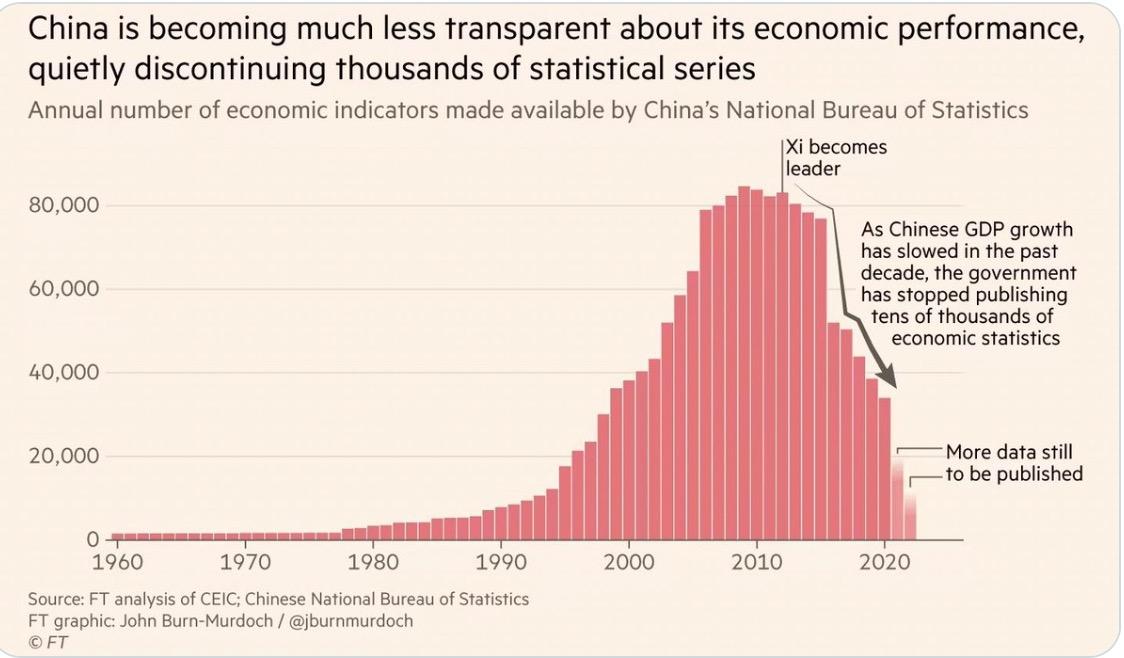
• Watch the youth unemployment rate: Officially, it is at 21.3%. The real number is likely over 25%.
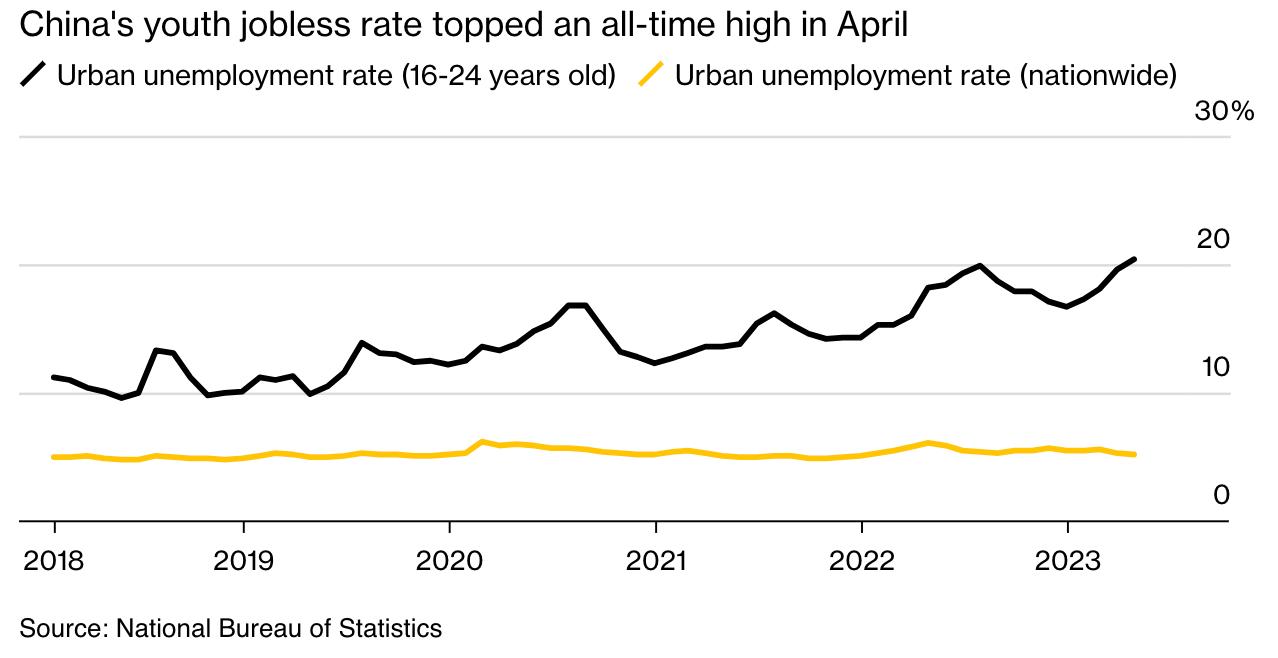
• And then there is China’s demographic crisis…
Sources: Bloomberg, Financial Times

China is Shrinking Fast – Too Fast
• After peaking at 1.42 billion in 2021, current forecasts' project China’s population will shrink by over 100 million by 2050 and by 2100 it will be less than 800 million with some scenarios seeing them closer to 500 million.
• Why? It is not just an issue of not having enough babies. There are not enough women to have children. The case of the “Missing Women”: An estimated 62 million women would be alive without gender discrimination.
• The risk is a huge gender-ratio imbalance for 16-to-24 year old's.
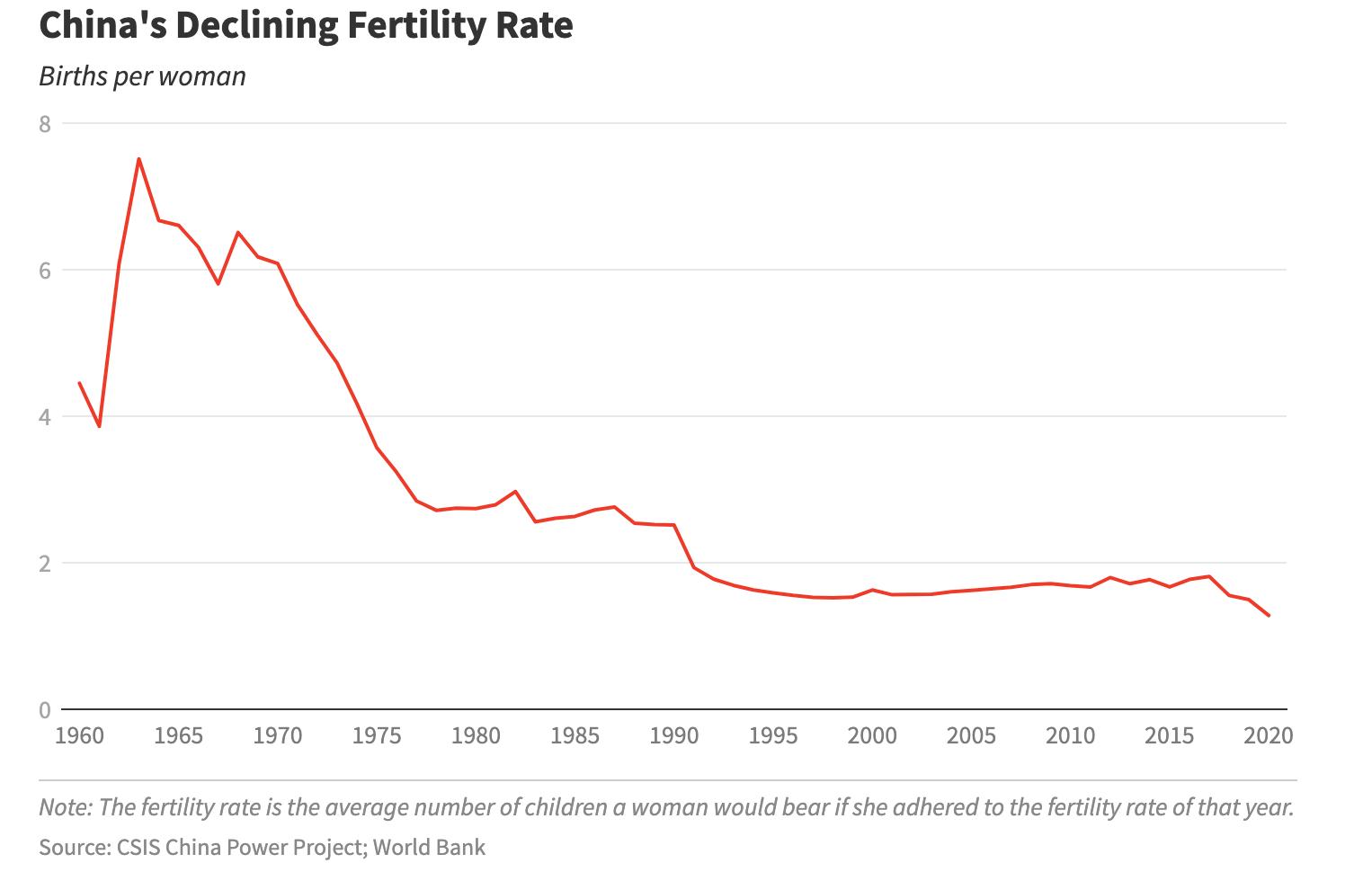
• The other risks: It shakes traditional family structures and puts enormous burdens on China’s social safety nets. And it fuels rising crime rates.
Sources: CSIS; World Bank

The Blinken/Yellen/Kerry Visits: Expectations, Outcomes, and What to Watch for Next
• US Secretary of State Antony Blinken traveled to Beijing last month for meetings with then-Foreign Minister Qin Gang and President Xi Jinping. The goal of the trip was to “put a floor” under the China– US relationship which has been in free-fall for several years. It appears to have worked.
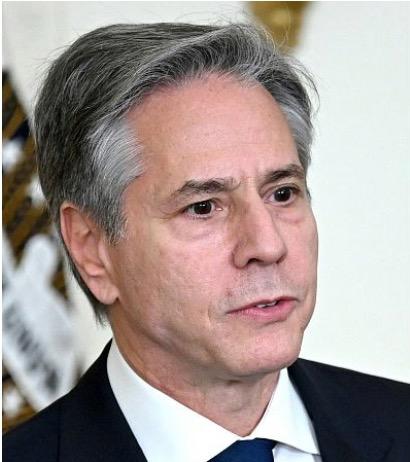
• Blinken’s meeting was followed by visits by Treasury Secretary Janet Yellen and Climate Envoy John Kerry. Agriculture Secretary Tom Vilsack and Commerce Secretary Janet Raimondo are expected to visit in the next month.
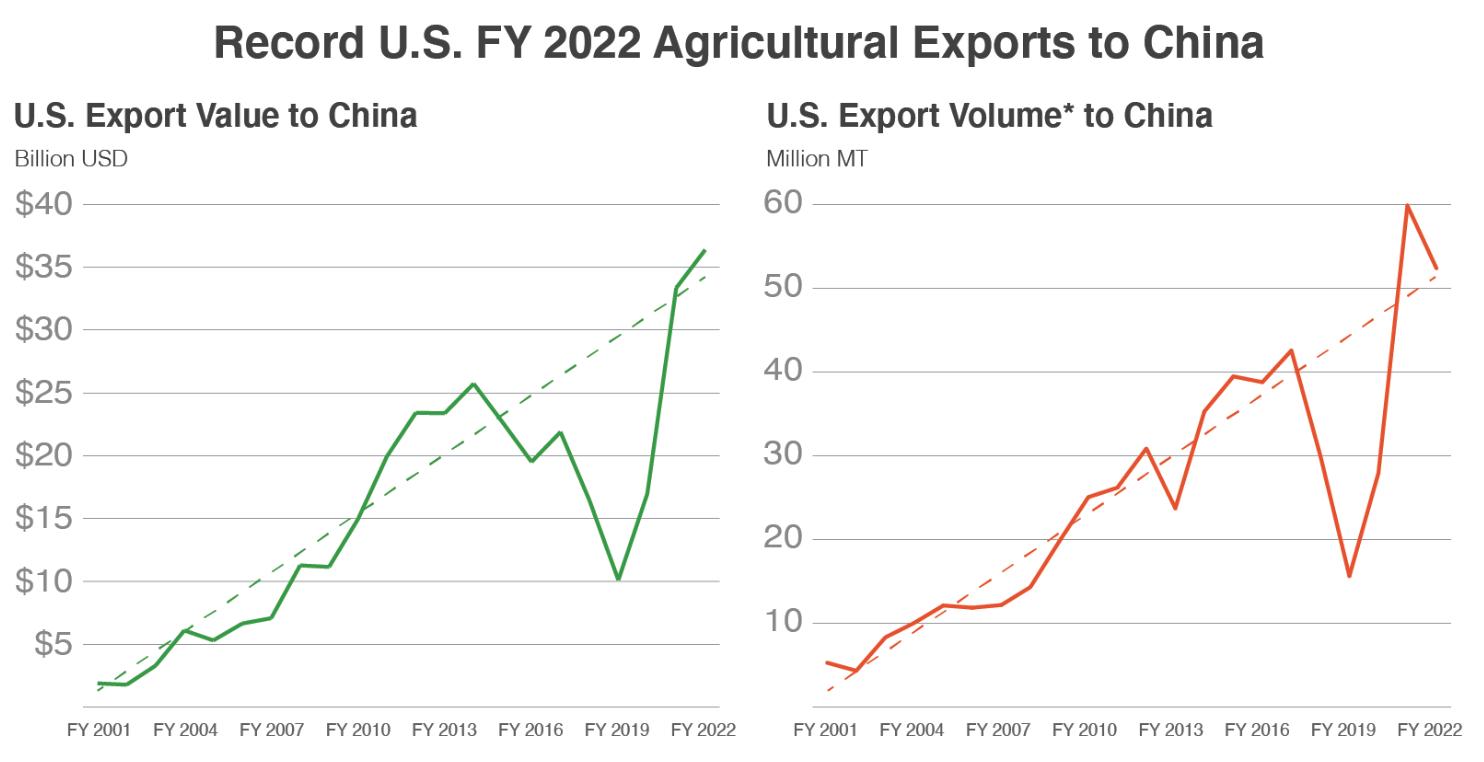

• From here, the goal is:
Ø Arranging Defense Secretary Lloyd Austin to visit – which is problematic as the US placed sanctions on China’s Minister of National Defense, General Li Shangfu, for purchasing Russian arms in 2018.
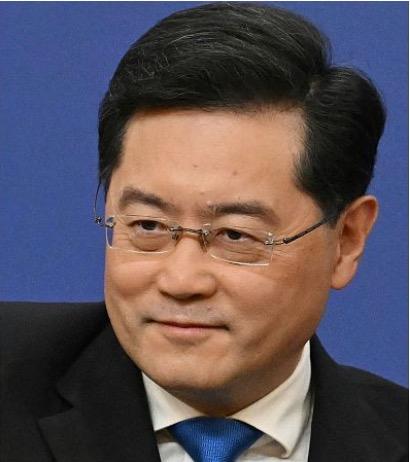
Ø Laying out a time-line for an Xi-Biden phone call or series of calls.
Ø Helping to facilitate a major role for President Xi at the APEC Leaders Meeting in San Francisco in November 2023 and possible State Visit to Washington immediately afterward.
The Battle for Access to Critical Commodities
• Russia’s answer to breaking the Black Sea Grain Initiative is to essentially coerce Africa and Middle Eastern countries into supporting Russia’s war effort in return for agricultural sales. Last week, Russian President Vladimir Putin held the RussiaAfrica Leaders Summit. 43 African leaders were expected to show up. But only 17 made it.

• African nations are now increasingly wary of Russia’s heavy hand via the Wagner Group. The spate of coups in Africa just did not happen – Russia’s hand can be found in virtually all of them.
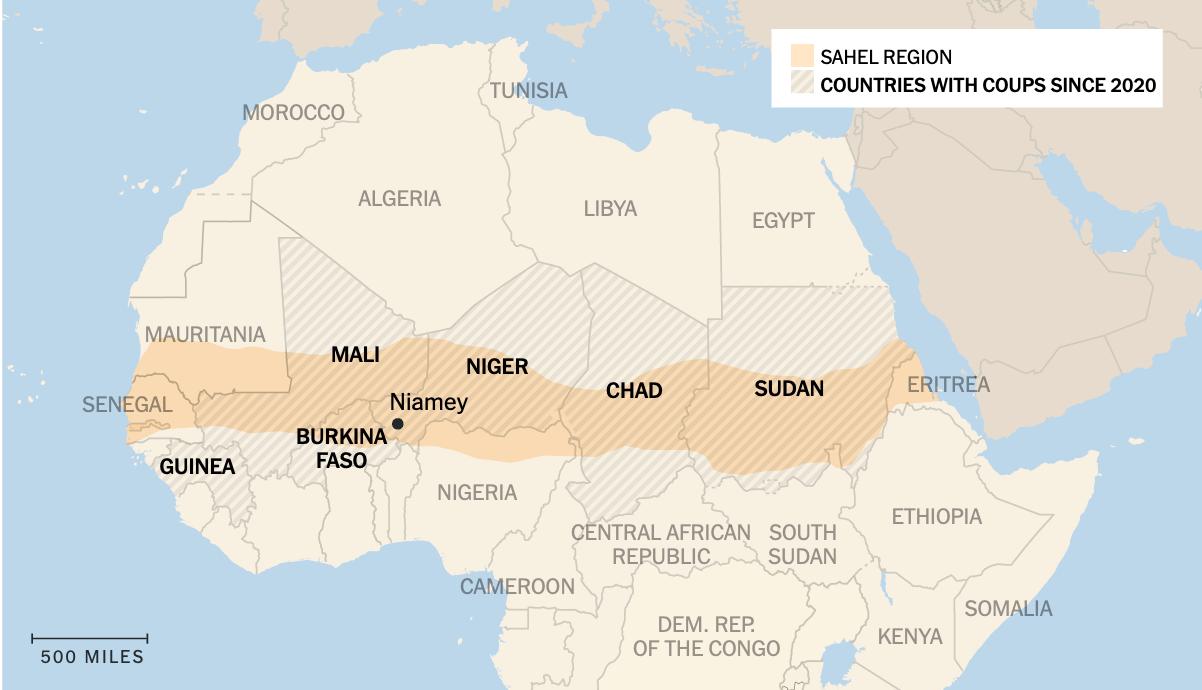
• The same can be said for China – Belt and Road Initiative deals are costly and risk countries losing control of critical mineral export capabilities.
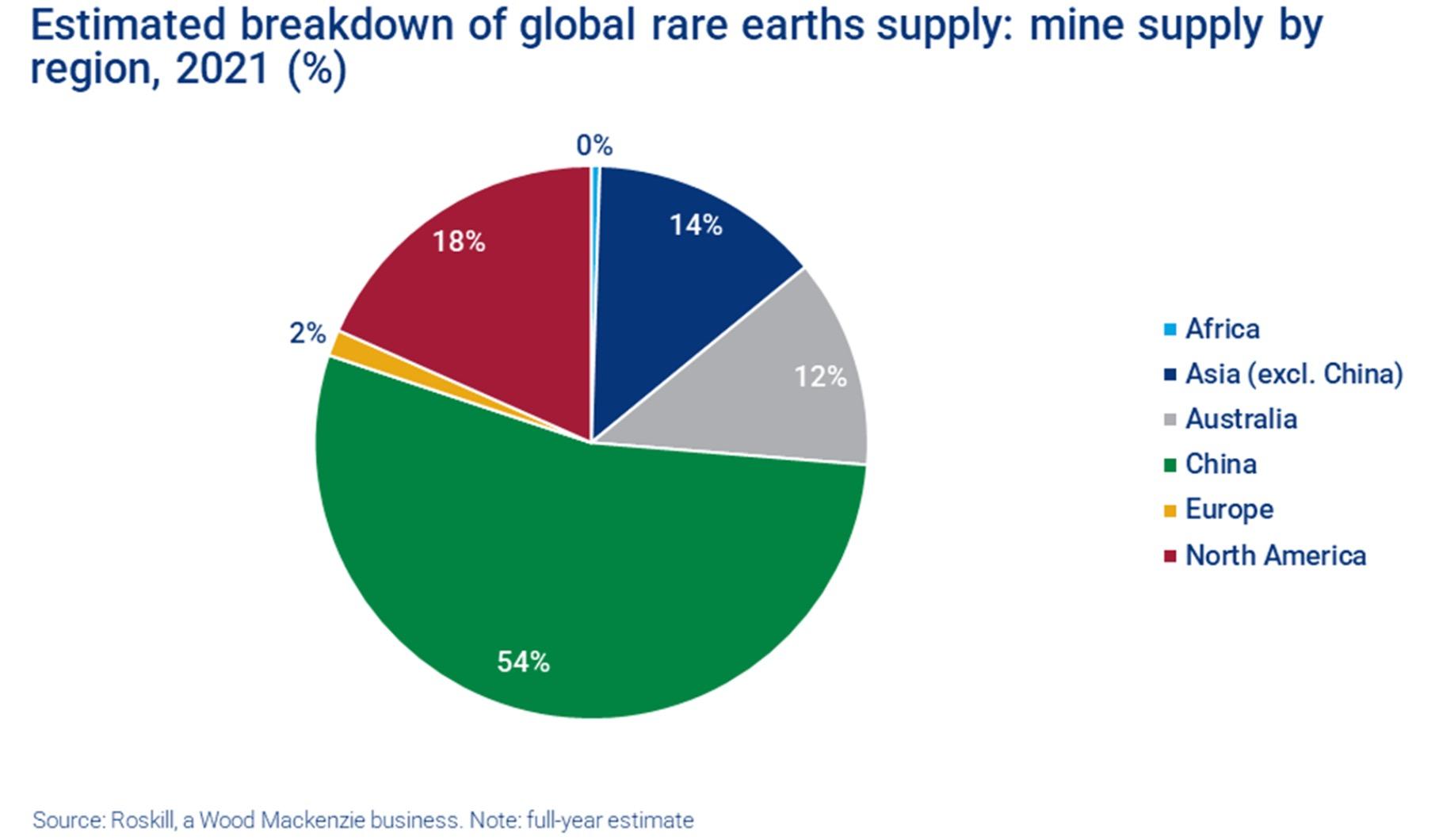
• What is at stake? The future of technological and energy dominance globally.
Sources: Council on Foreign Relations; US Institute for Peace; New York Times; Wood Mackenzie
Global Food Security and Price Inflation
• Russia’s invasion of Ukraine is a primary contributor to the growing global food security risk. As the charts show, Ukraine and Russia remain “the bread baskets” to Africa and the Middle East. Both humans and livestock are highly dependent on what is grown in Russia and Ukraine.
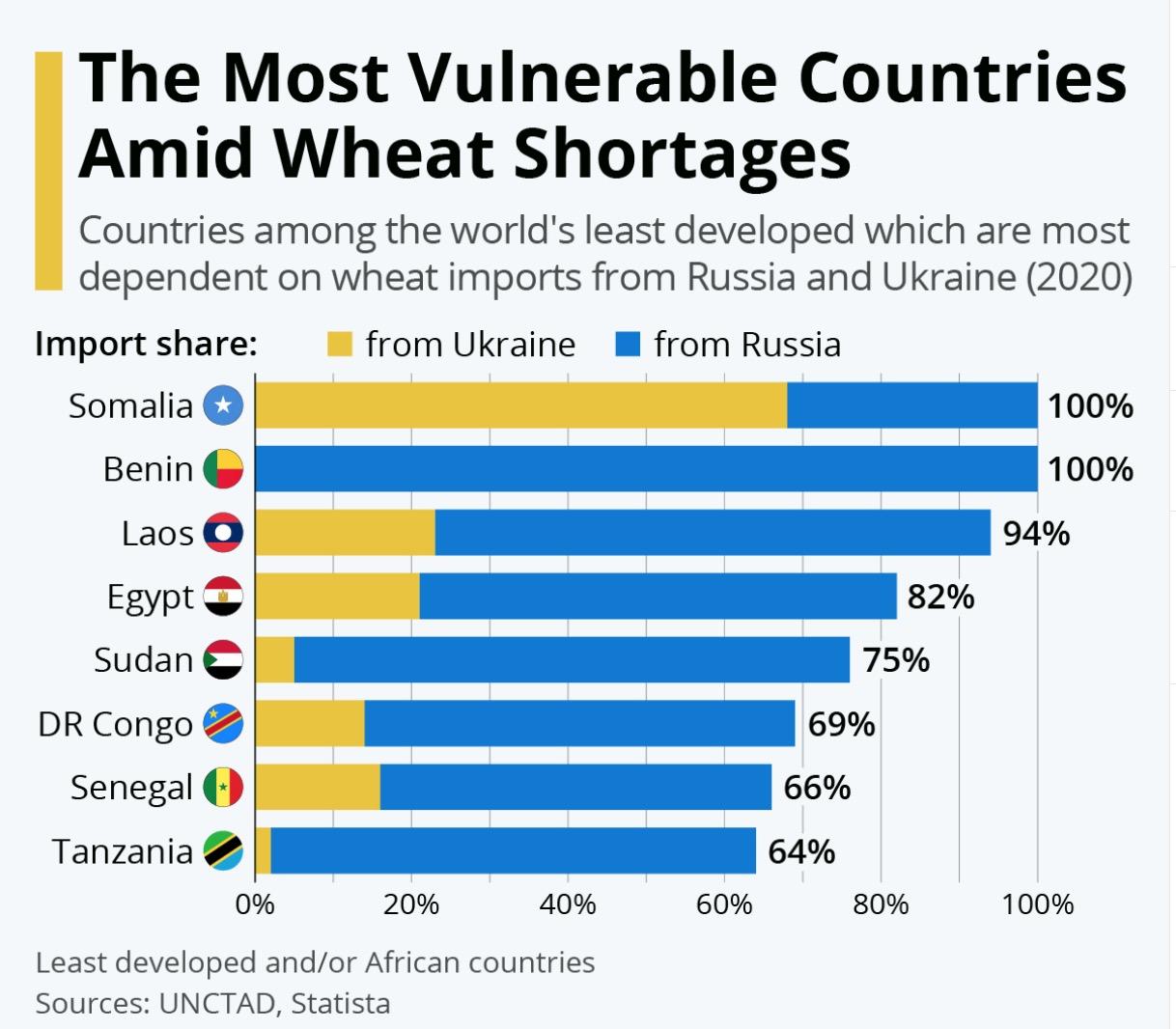
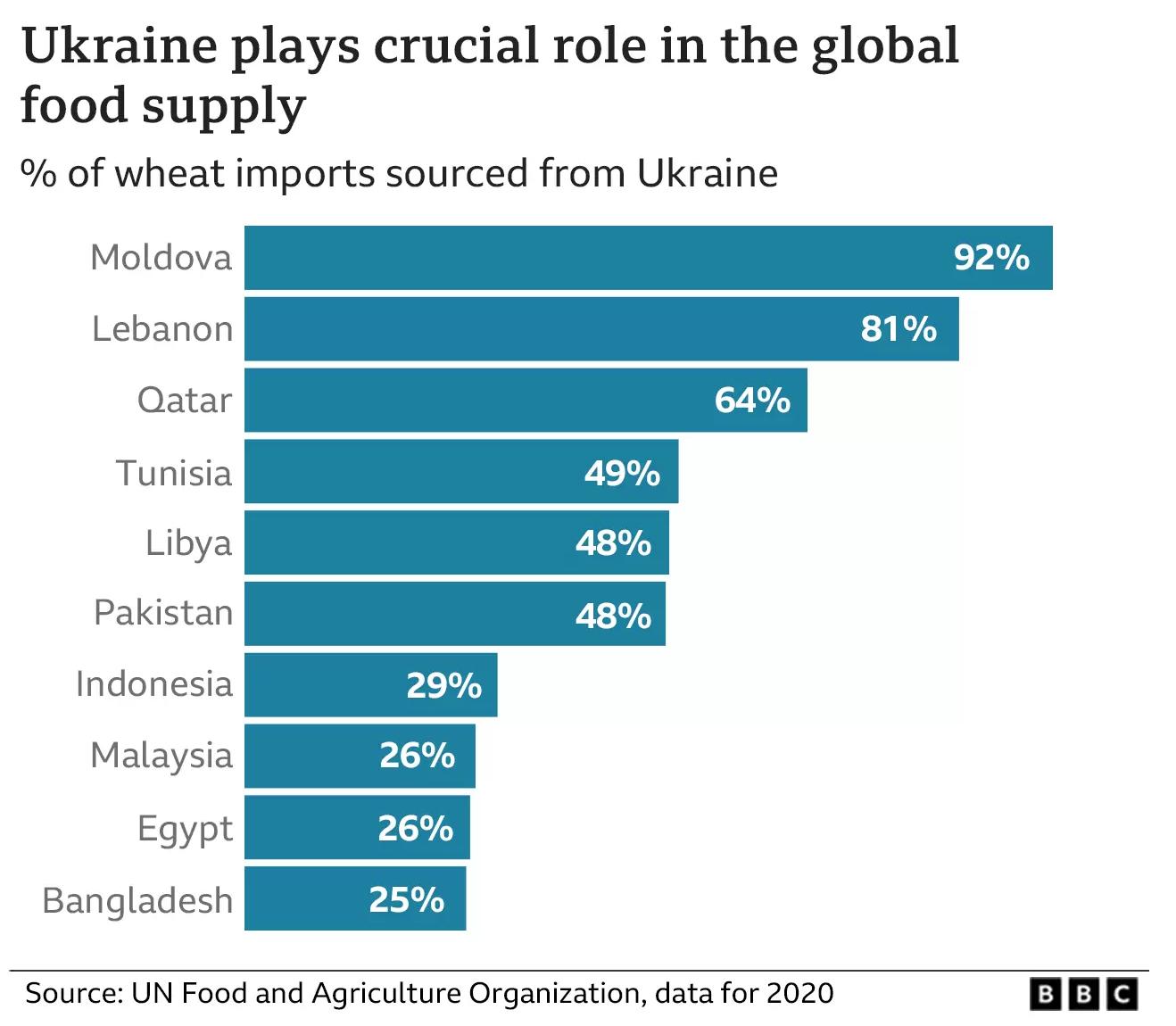
• Additionally, Russia and Ukraine provide approximately 40 percent of the world’s exports of potash, 11 percent of the worlds urea, 48 percent of ammonium nitrate, and 28 percent of all fertilizers made from nitrogen and phosphorous. Ukraine produces 90 percent of neon

• Black Sea Grain Initiative: The agreement is broken. The deal allowed Russia and Ukraine (overseen by the UN and Turkey) to allow the continued shipping of all these commodities.
• There is now a global rice crisis, too, as crop yields are shrinking just as demand is beginning to soar in Africa and Asia with rising populations and India has banned the export of rice.
• But we are beginning to see investments by a broad spectrum of investors seeking to diversify where and how key cereals are grown to help alleviate shortages and still make a profit.
Other Geopolitical Risks: Here is the Laundry List
• North Korea – Increasingly desperate in the wake of COVID which killed an estimated 2 million people (out of a population of 25 million). Missile test launches are usually a precursor to demands for aid.
• Iran – There is virtually no chance for a return to nuclear weapons treaty with the West. Iranian leadership want the weapons and technological abilities that come with it. Meanwhile, ongoing civil protests over social repression and massive governmental corruption are a serious threat to longer-term stability internally and in the region.
• Crisis-Induced Mass Migration – If food security issues continue to worsen (the dissolution of the Black Sea Grain Initiative, famines in Africa and Middle East), experts worry we will see new waves of mass-migration into Europe.
• Emerging Market Debt – There are numerous emerging market countries deeply indebted to China as part of the Belt & Road Initiative (e.g., Sri Lanka, Ghana, Pakistan, etc.) and face defaulting on payment (China has spent more than $250 billion in 2023 already in bail-outs).
• Russian Asymmetrical Warfare - Underwater communications sabotage, satellite sabotage, denigrating/damaging the Ukrainian electrical grid or even Europe’s grids, tactical nuclear or chemical or biological attacks in Ukraine (doubtful/unlikely) cyber attacks, Sabotage of global food supply channels, social media manipulation and use of AI-created “Deep Fakes.”
Sources: the Guardian; Reuters; American Economic Association; Office of the Director of National Intelligence

US Industrial Policy: Biden Seeks to Reshape the US Economy
• There has been a structural shift in US domestic economic policy by the Biden Administration – commonly referred to as “Bidenomics.” Onshoring and nearshoring are the most common components of this policy.
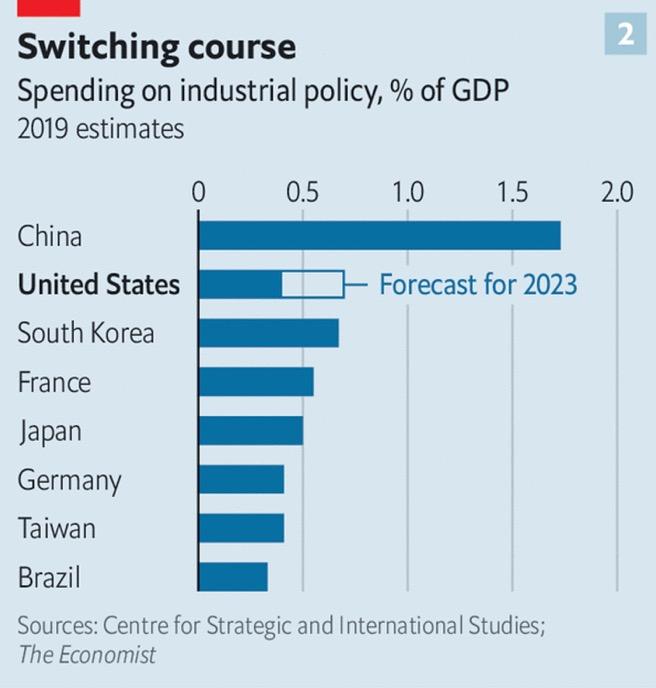

• Biden and his team believe the US industrial base has been “hollowed out” and needs strong US government support and funding to build it back up.
• There are three pillars to Bidenomics:
Ø The quality of economic growth matters more than the quantity.
Ø Laissez-faire economics (embraced by Republicans and most moderate Democrats) does not work. Why? Because it does not factor in issues like climate change, fragile supply chains, or geopolitical vulnerabilities. Thus, private capital must be directed toward favored sectors via regulation, subsidies, and government intervention.
Ø Trade policy should give priority to American workers – not consumers.
• US foreign policy must not only incorporate but also champion a range of economic issues: workers rights, climate, tax.
Sources: Bloomberg; The Economist

Aside from Chips, What Major Investments Are Coming to the US?
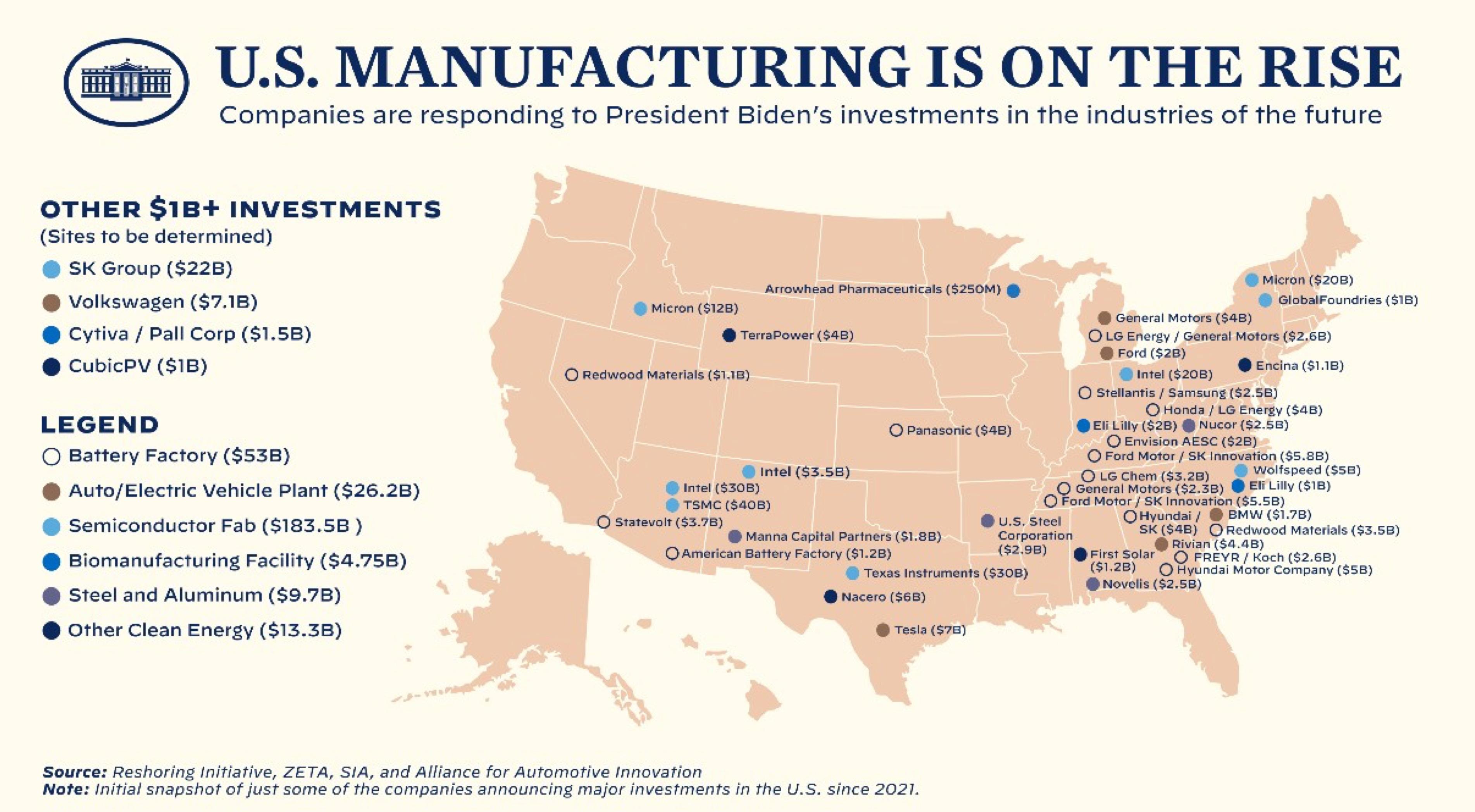

Case Study: Chip Supremacy

• Semiconductor production in the US is the one area where bipartisanship presides in Washington all in the name of “national economic security.”
• The Biden Administration and Congress took up this challenge in 2022 by passing the CHIPS Act which grants close to $100 billion in federal funding on building up the chip industry. Two examples:
Ø Intel broke ground on a new $20 billion facility in Columbus, Ohio.
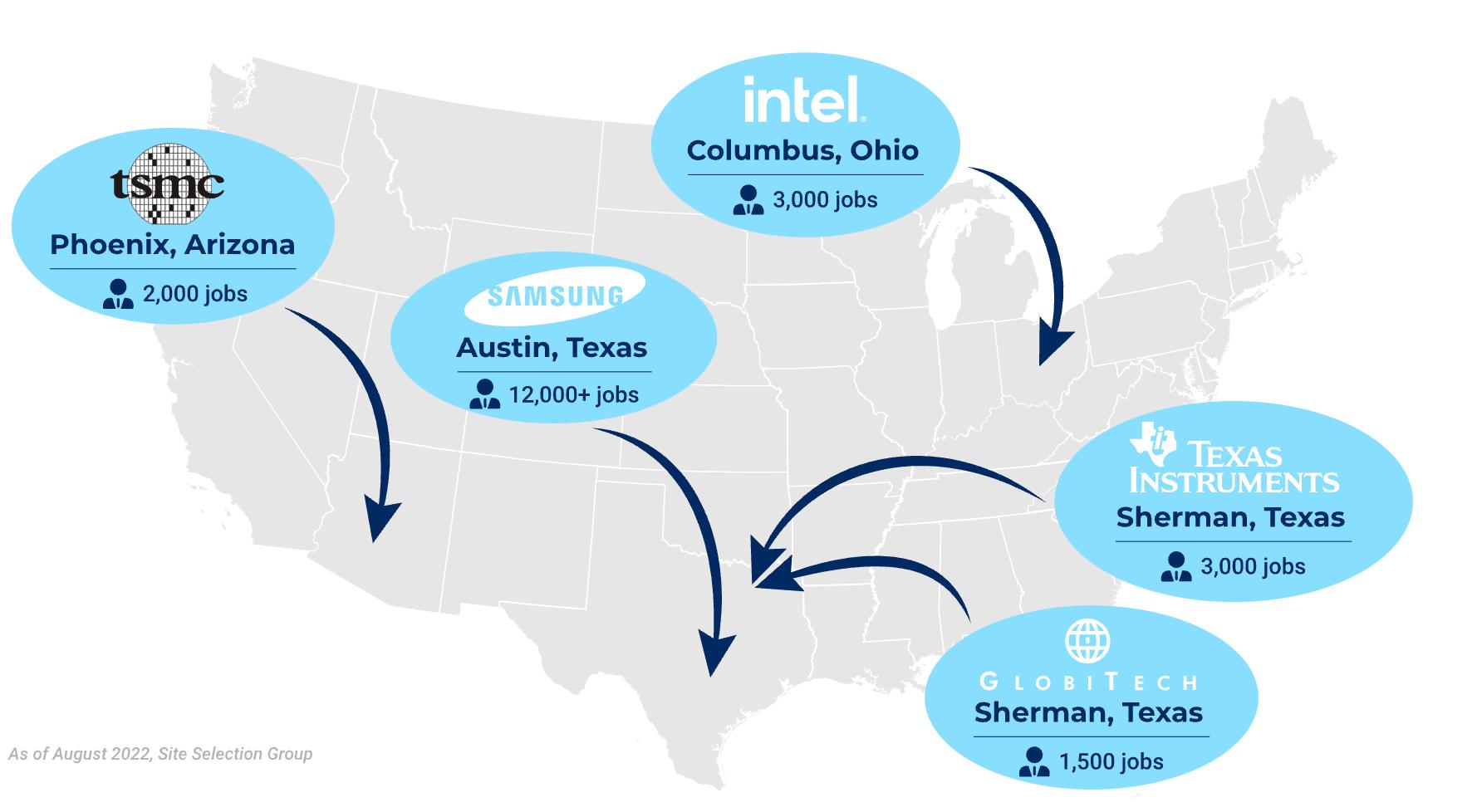
Ø Micron broke ground on a $15 billion expansion in Boise, Idaho and announced a new $100 billion build-out over 20 years in New York – the largest in the world.
• Combine this with the $550 billion funding from the Infrastructure bill also passed in 2022, and it is a potential boon for numerous sectors, particularly for commercial real estate, residential real estate, etc.
• Who else qualifies under CHIPS? The US pharmaceutical industry, broadband industry, and other sectors.
Which other states have gotten CHIPs Funding?
Source: Semiconductor Industry Association
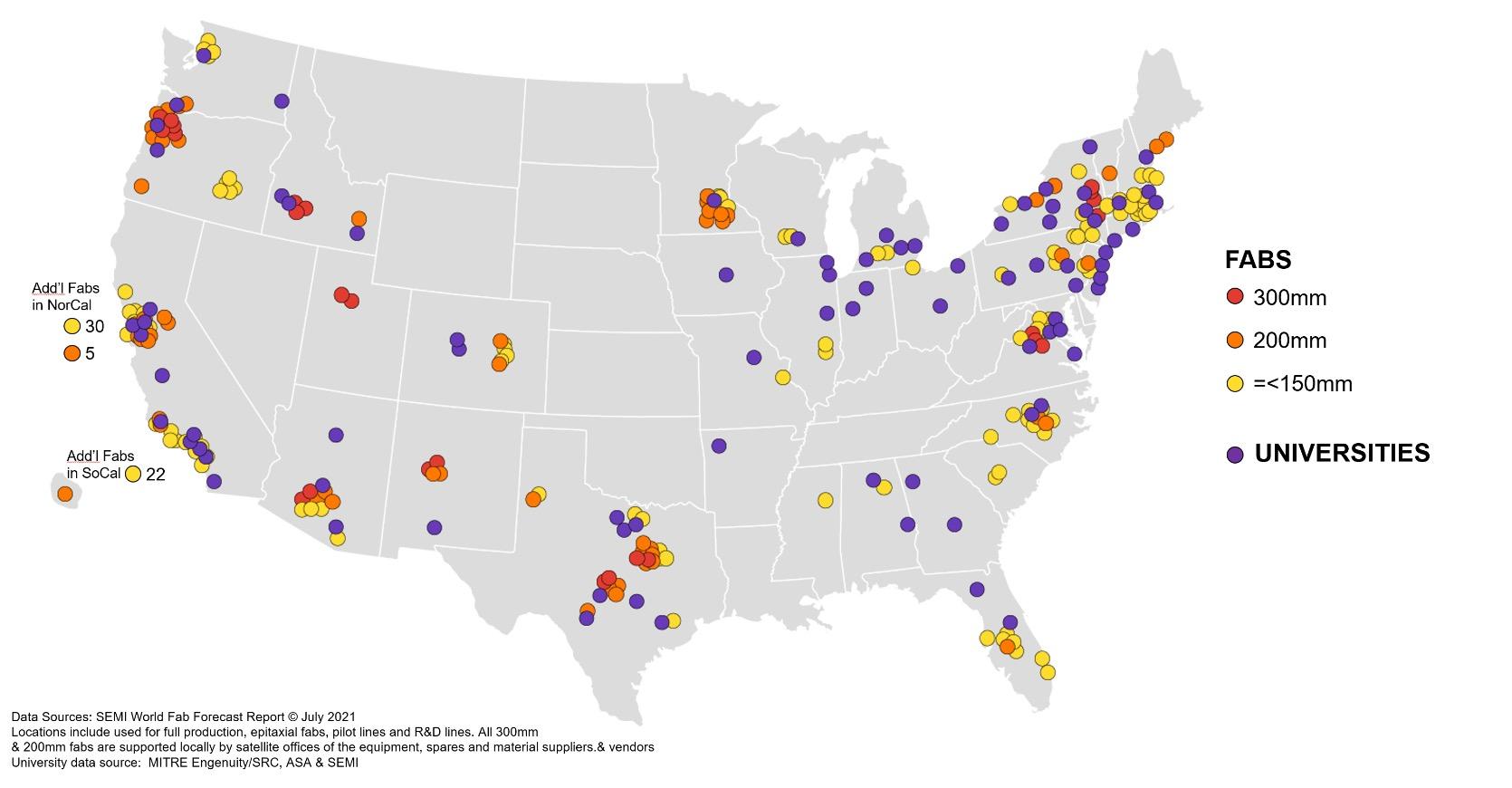
Other Nations Have Also Embraced Industrial Policy
Reuters: India expects at least $25 billion
Investment under semiconductor incentive scheme
Reuters: Japan to give Micron Tech up to $320 million to boost Hiroshima chip output
After Theory, Practice




- the first steps have been taken to revive Europe’s sagging semiconductor manufacturing industry
ITPRO.com: Australia to set up $4 billion Semiconductor bureau

The Ukraine War: What to Watch for in Ukraine’s Spring Offensive – And When Will the Fighting End?
• While Ukraine’s counteroffensive may enjoy some success, it is unlikely to result in outright military defeat of Russia. The war is likely to continue in the medium- to long-term (US Defense officials have consistently counseled US defense manufacturers to anticipate the war to continue for as long as five years).
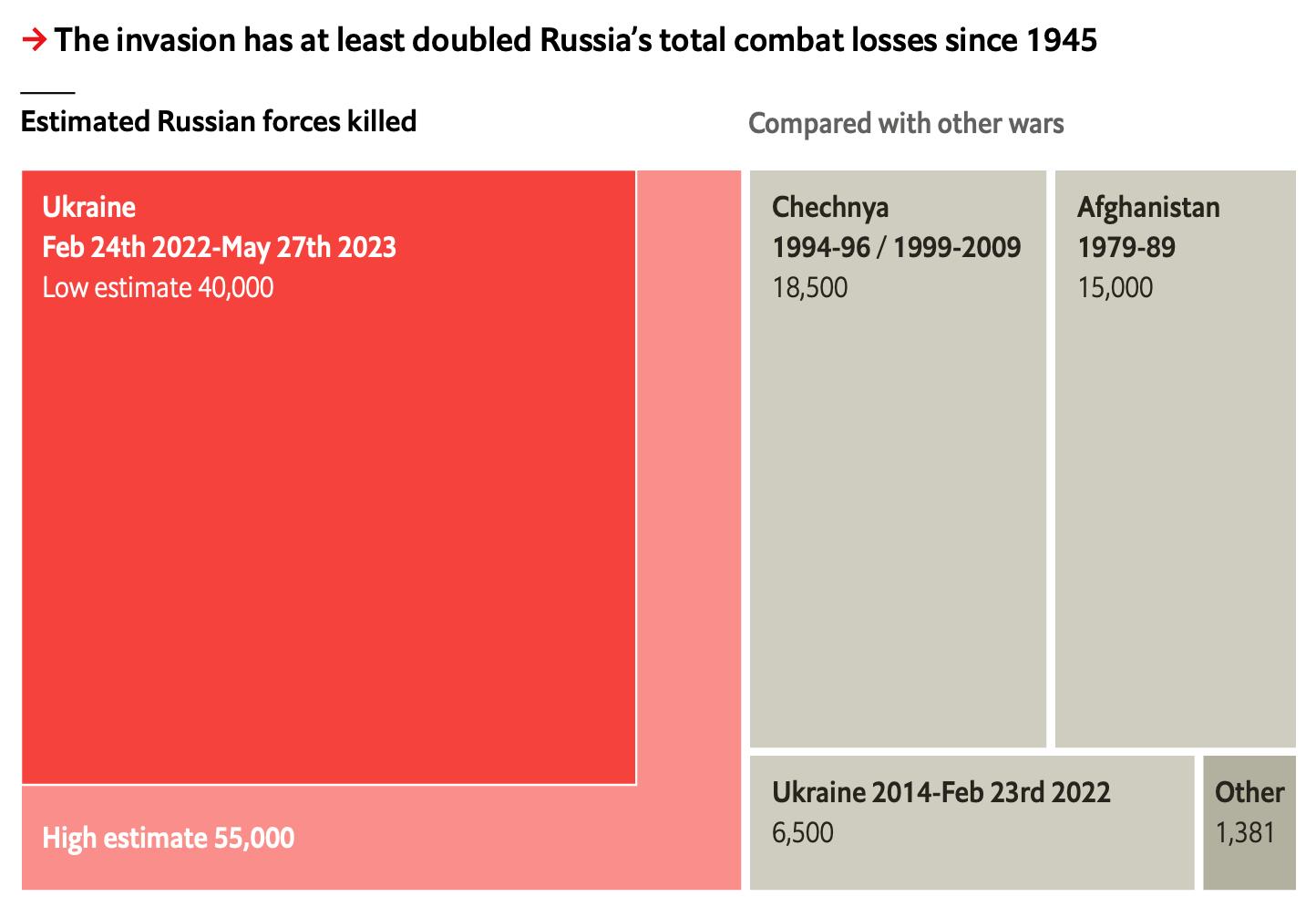

• Ukraine has an advantage of morale, quality of equipment, and operational/tactical capability. Russian forces are exhausted, ill-equipped, poorly trained, and demoralized. But Russia has an advantage of manpower and has begun mitigating logistical and production constraints.
• The counteroffensive likely will play out into October. US officials we have spoken with have counseled against judging the reported outcomes so far and caution in trusting early reports as both sides try to shape the narrative.

• Watch for increased risk to critical infrastructure (e.g., dams, nuclear power plants, gas and ammonia pipelines) as fighting increases and intensifies.
Source: UK Defense Ministry; The Economist
What is Washington Going to Do Between now and the 2024 Elections?
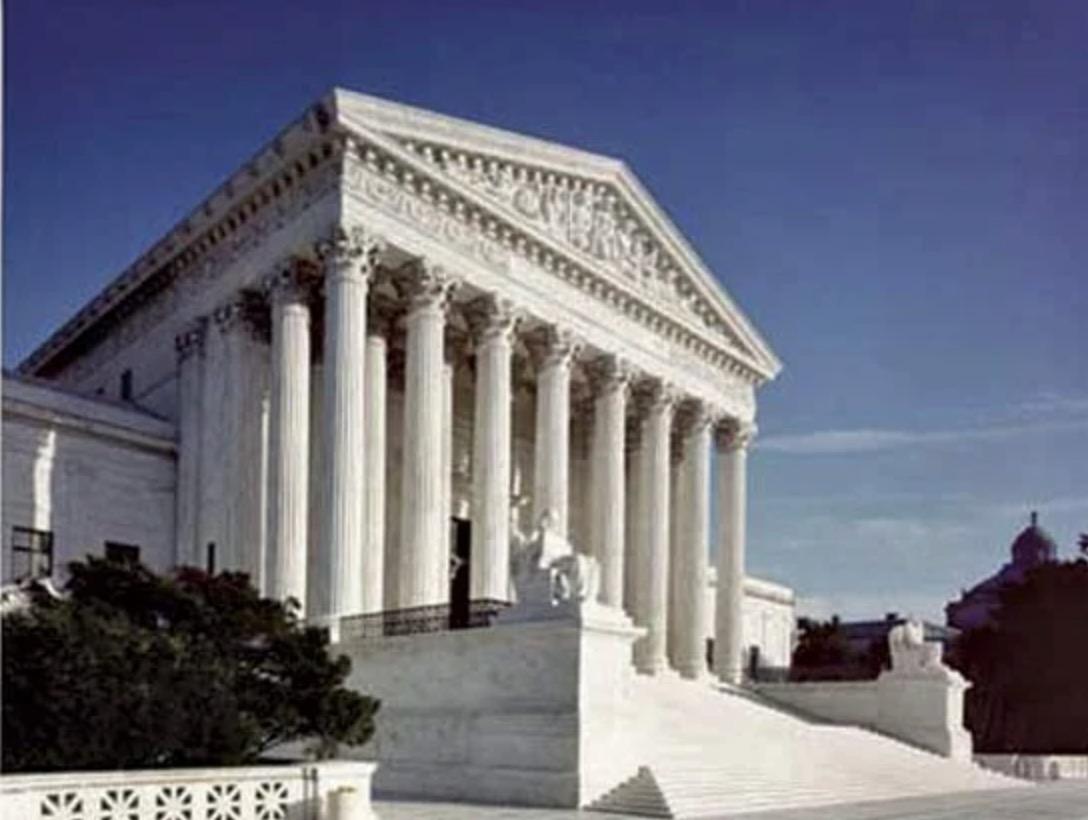
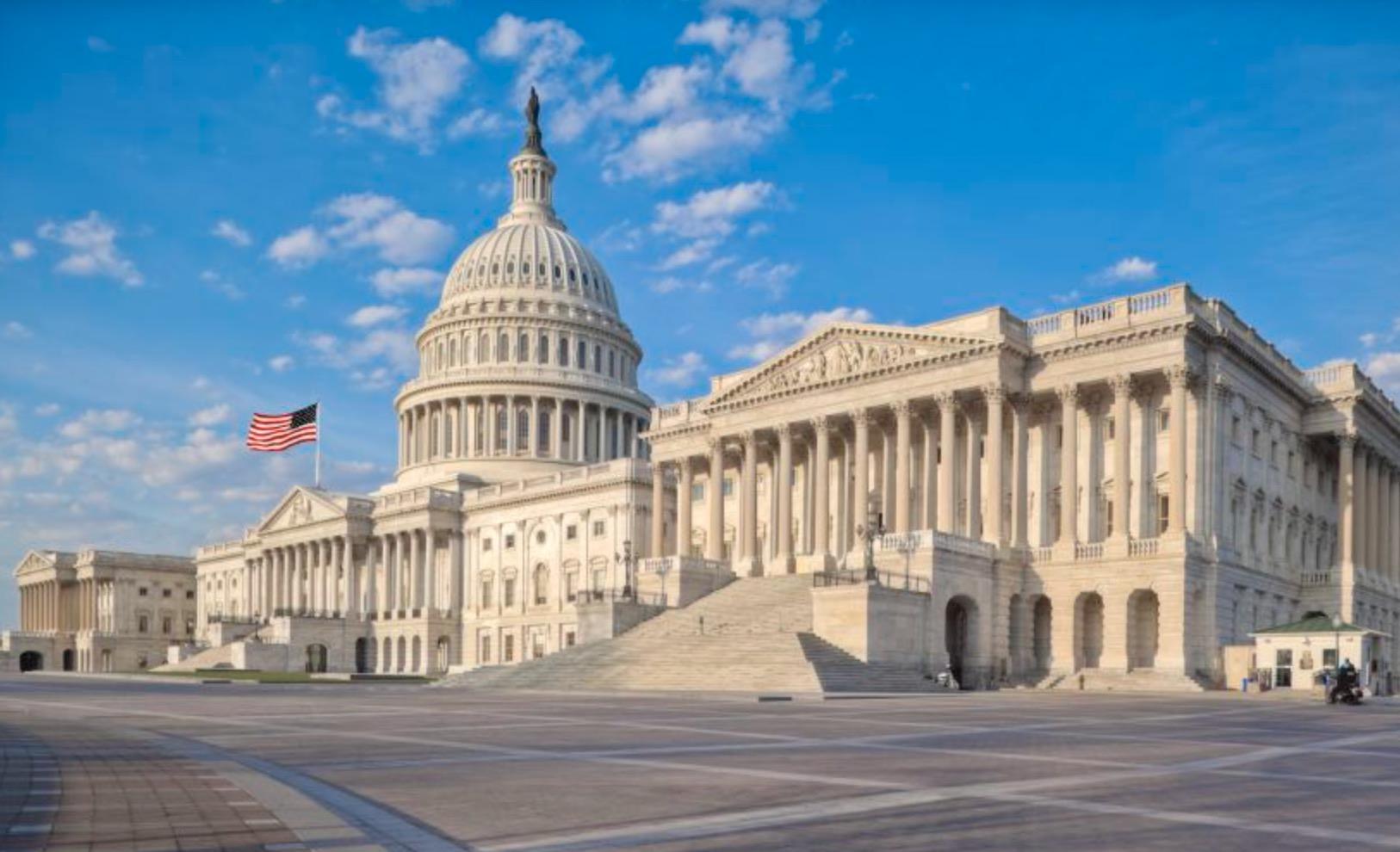
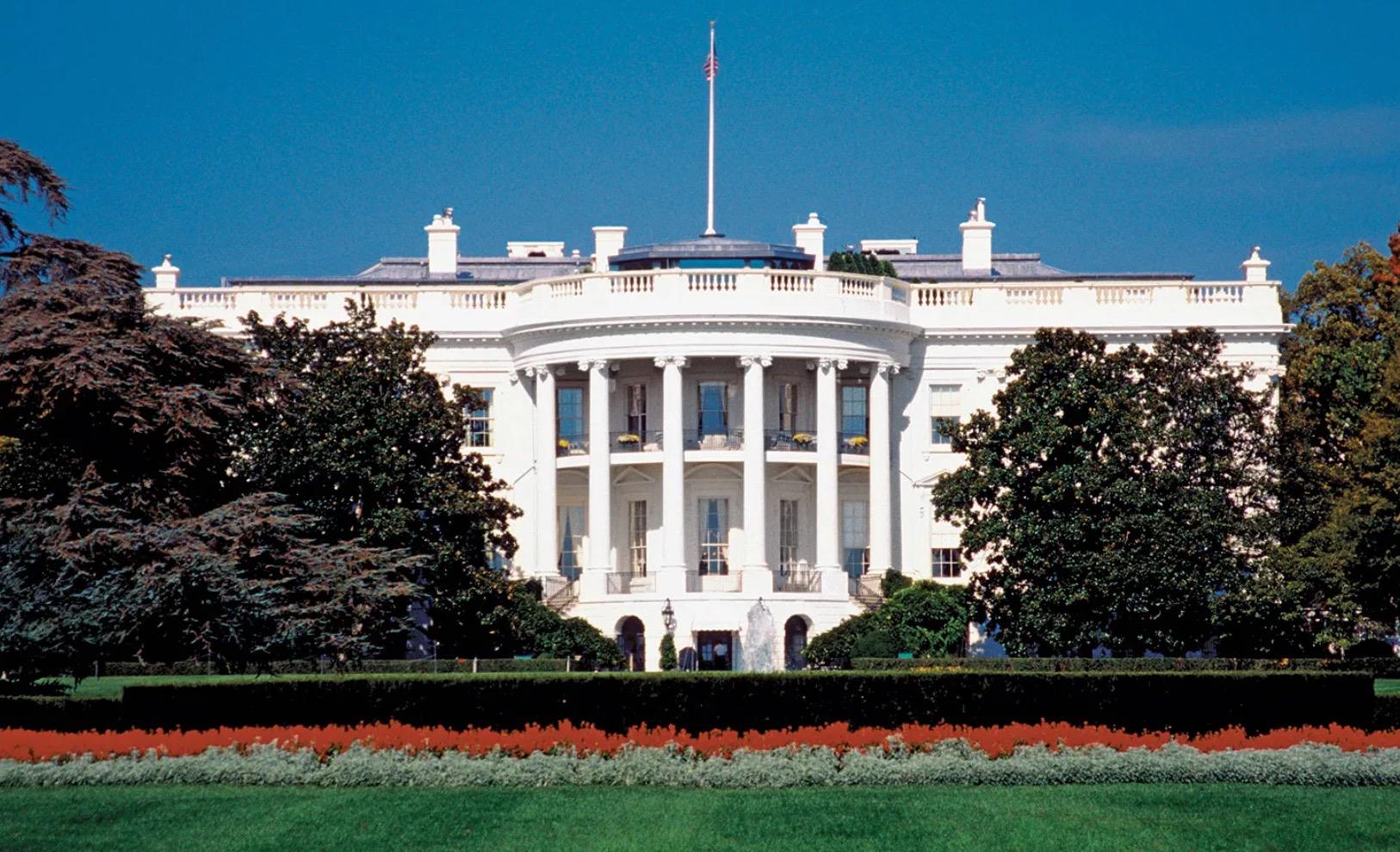

The Federal Budget & Appropriations Process: Here Comes a Government Shutdown
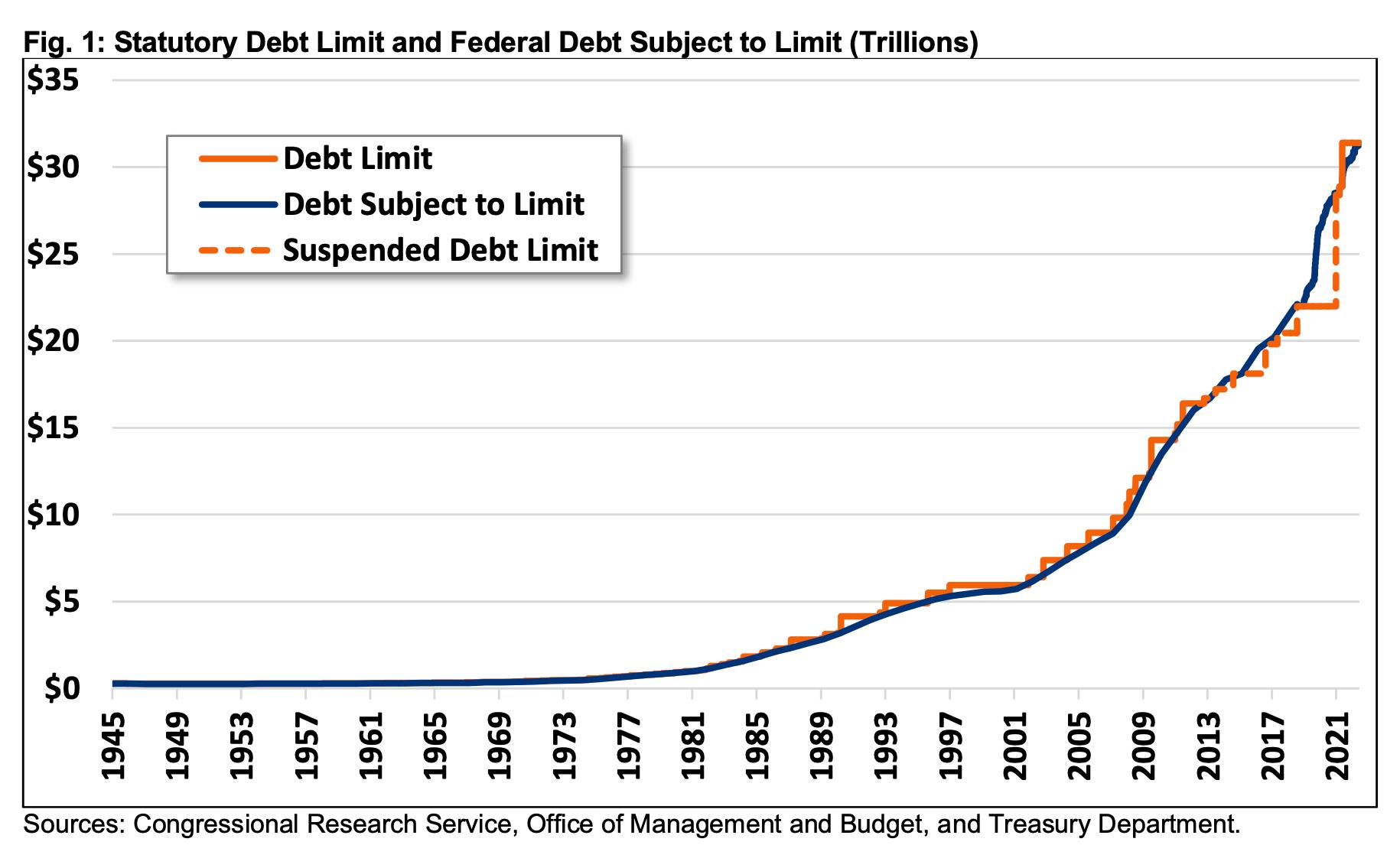
• Congress is gone for August recess and does not come back until September.
• Under the debt ceiling deal, Congress must pass 13 separate appropriations bills by September 30th. They have not passed any of them.
• Unless they pass a continuing resolution to keep the government open, the government will shut-down.
• And, if Congress fails to pass ALL the appropriations bills by the end of the year, a 1% across the board cut to federal spending will automatically go into place for 2023.
• For some Republican Fiscal Hawks in the House of Representatives who want deep cuts in appropriations, this is not the worst consolation prize.

The Farm Bill: No Way Congress Hits the September 30th deadline
• An authorized program set to expire September 30th. We see little chance of them completing it by then – neither the House or Senate have introduced a bill yet. So, they will do some sort of stop-gap to keep funding going until a deal is made. Estimated cost by the Congressional Budget Office: $1.5 trillion at the very least.
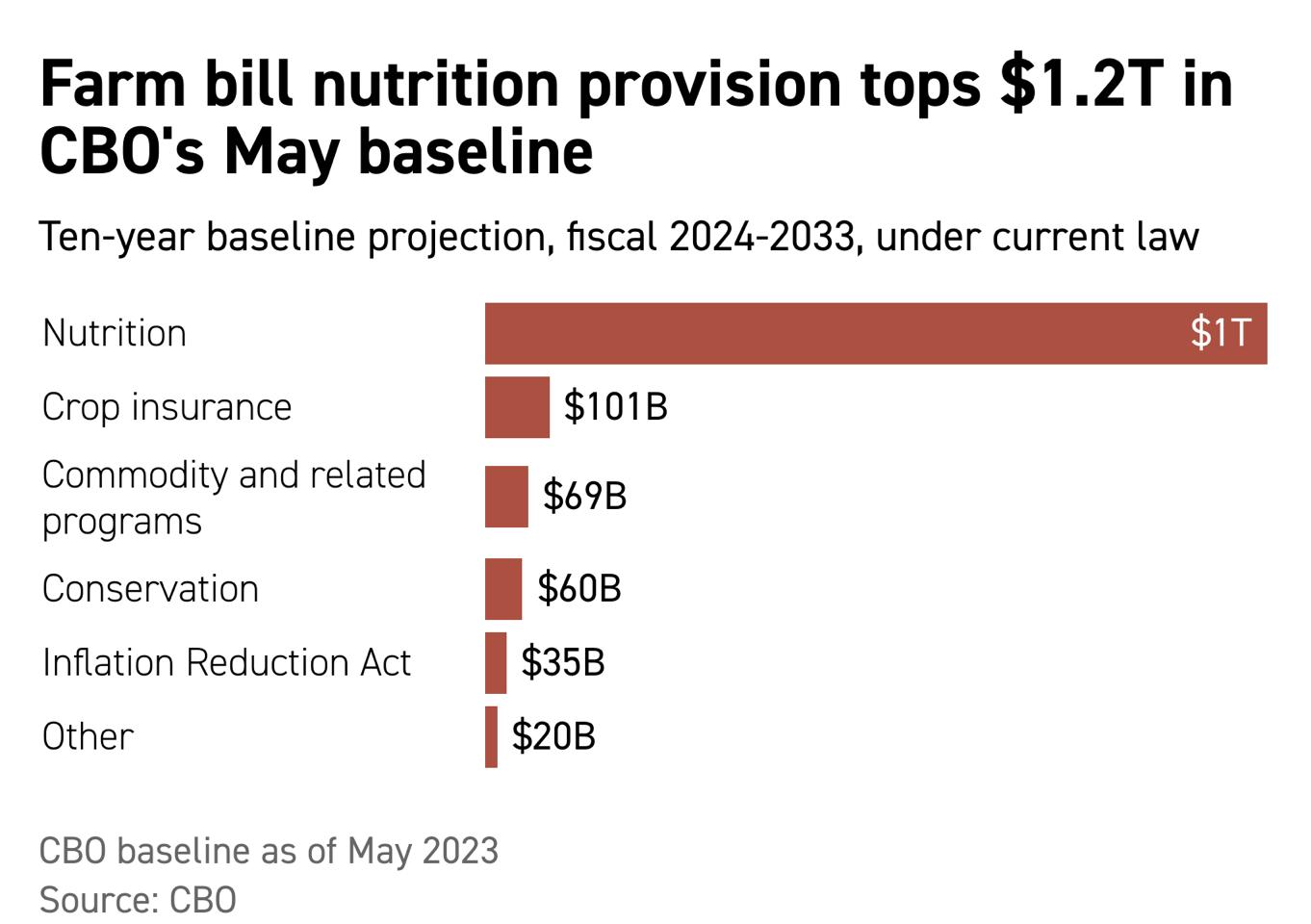
• But there are knots to be untied – House Republicans will want to defund the $20 billion appropriated in the Inflation Reduction Act for carbon sequestration in agriculture and reallocate it for farm safety net programs. The White House will likely resist.
• It is going to be hard to increase funding for any programs because of the debt ceiling agreement. To get more money, they have to take more money from other programs.
• Also, how to deal with the Price Loss Coverage program?

• And going back to the break-up of the Black Sea Grain Initiative, drought problems globally (Argentina is importing soybeans?), will additional programs be added to boost growth output?
Source: Congressional Budget Office
Tax Reform for the Next Two Years Won’t Happen. But Watch for the Groundwork Being Laid for 2024

• We see little to no chance of any significant tax legislation at the federal level for the next two year as there is little room for agreement on any reforms of corporate or individual tax policy in 2023-2024.
• However, many Trump tax provisions expire at the end of 2025. What will happen between now and then in preparation of the next Washington Tax War?
• What we do expect to see is the various tax advocacy groups laying the predicate for tax reform after the 2024 elections. Washington will be awash in white papers, think tank events, and plenty of Congressional hearings – even a fair share of legislative proposals. What will be the focus? Among the issues we have heard discussed:
US Elections, Policy, & Markets

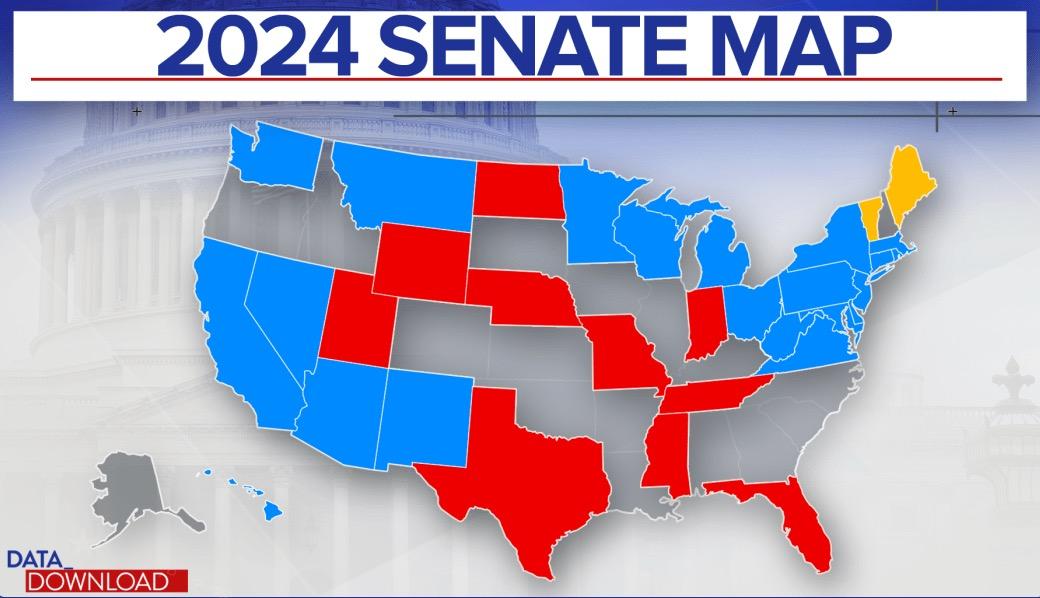
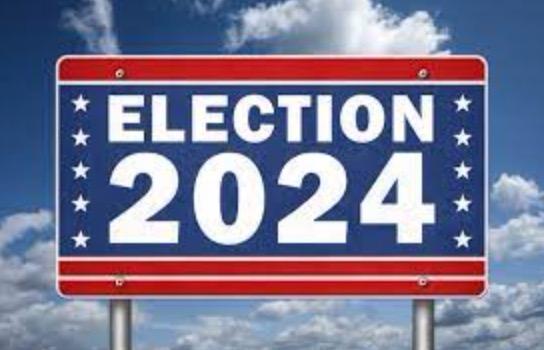

The Republican Presidential Field… So Far…
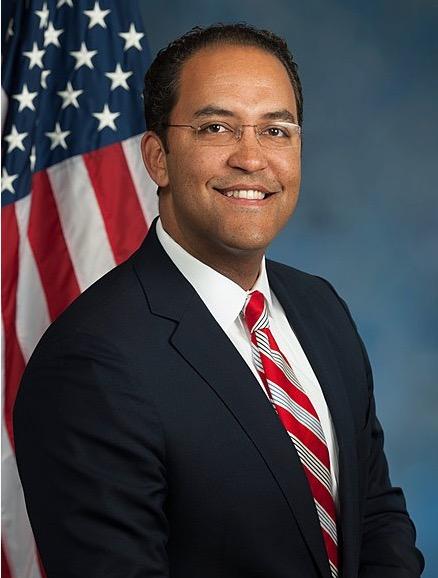
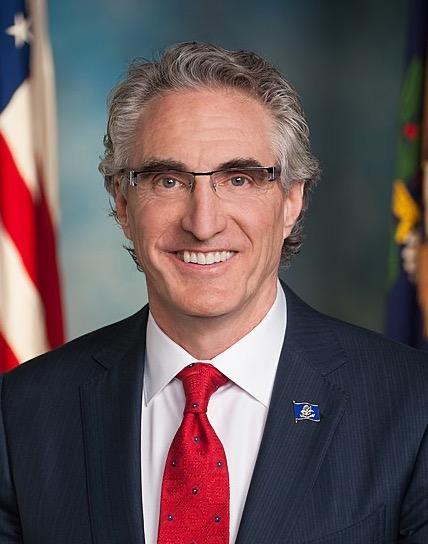
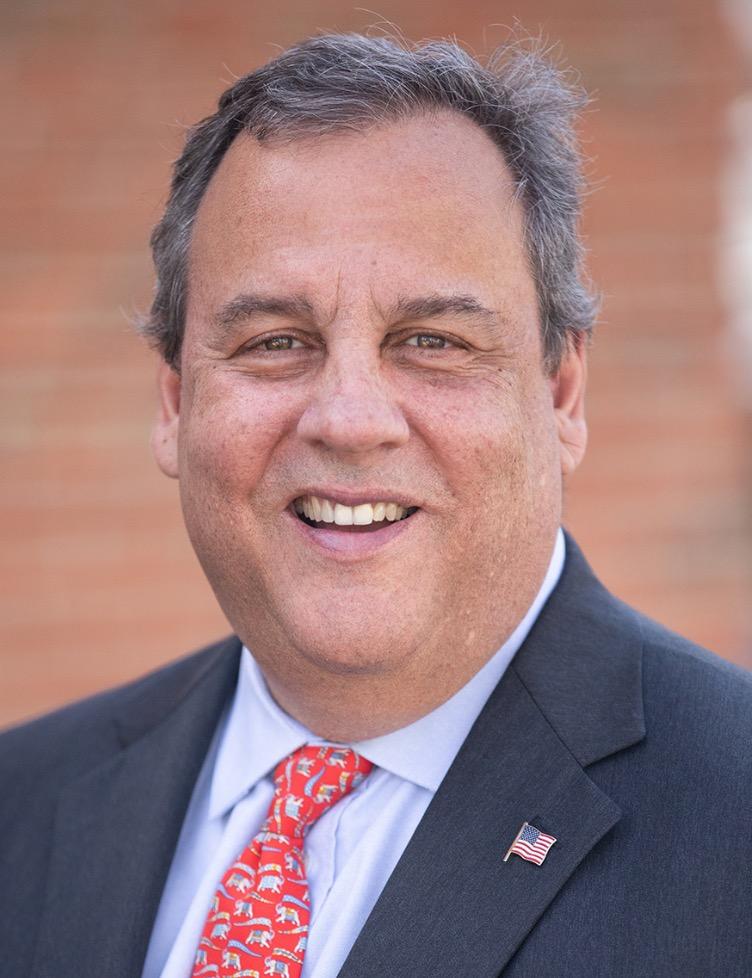
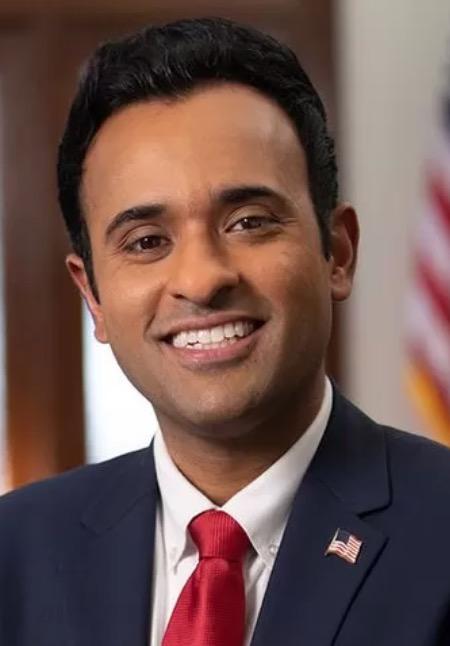
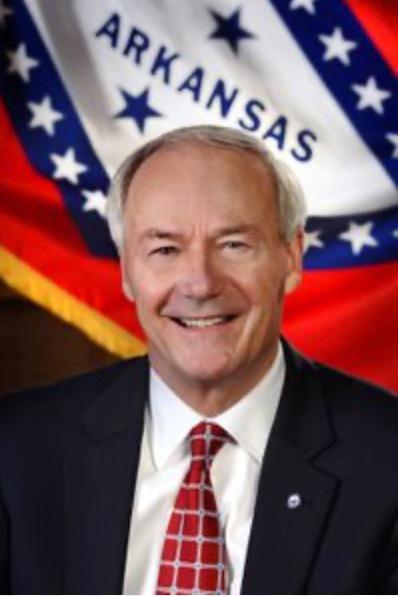
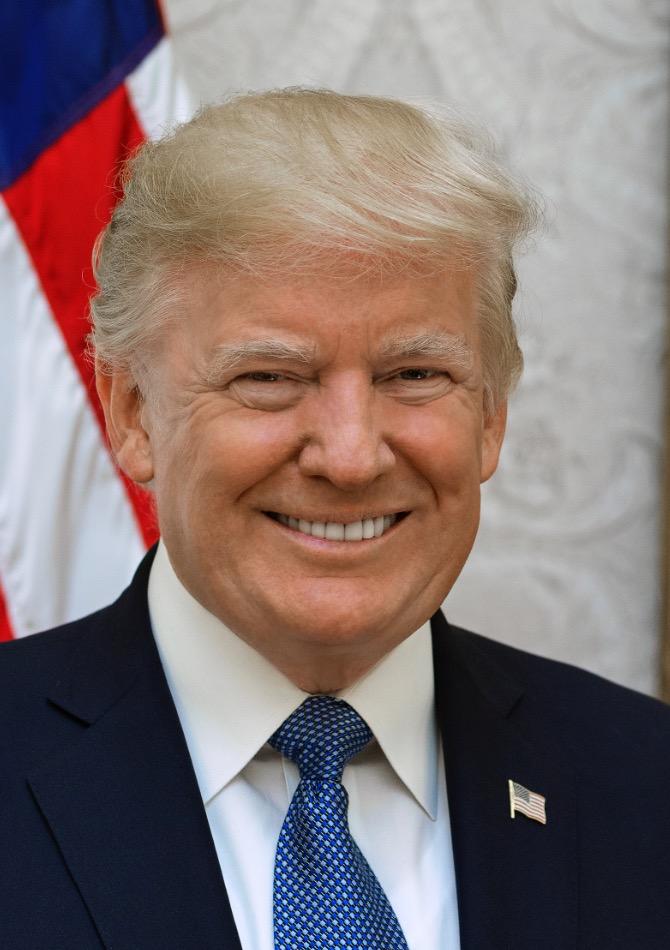
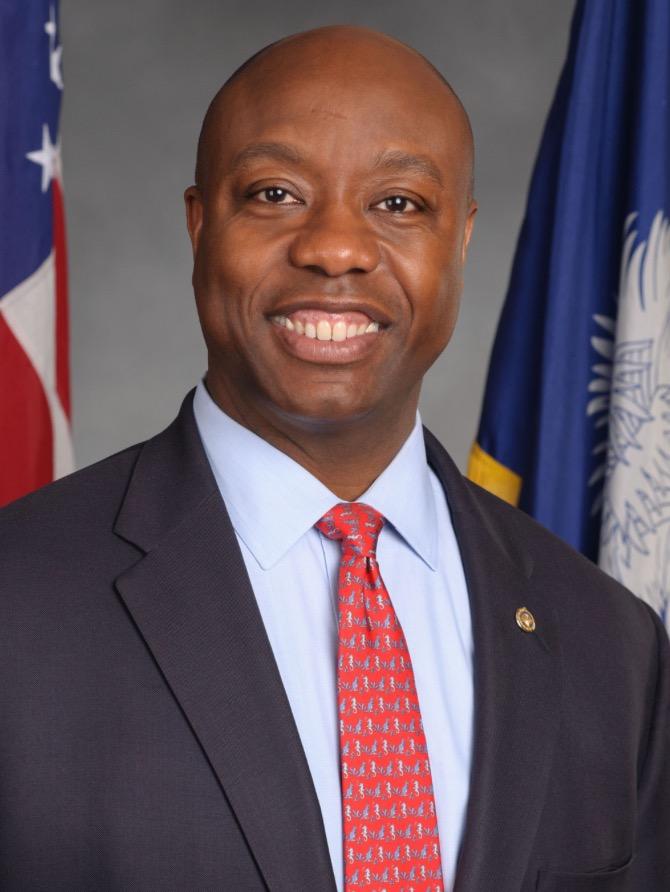
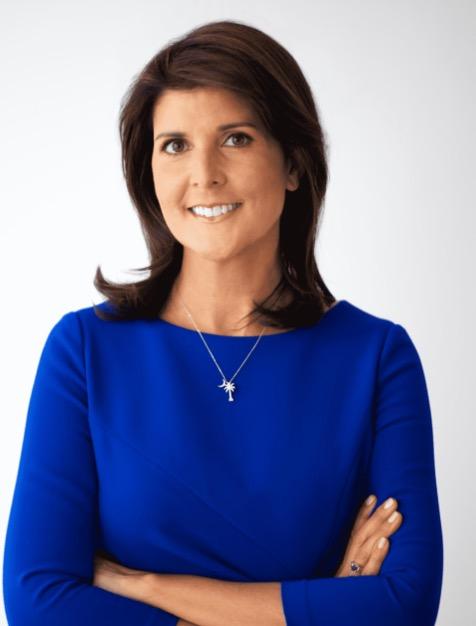
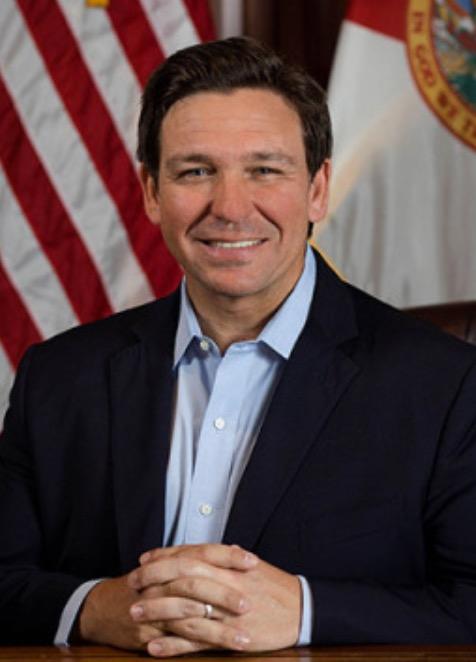
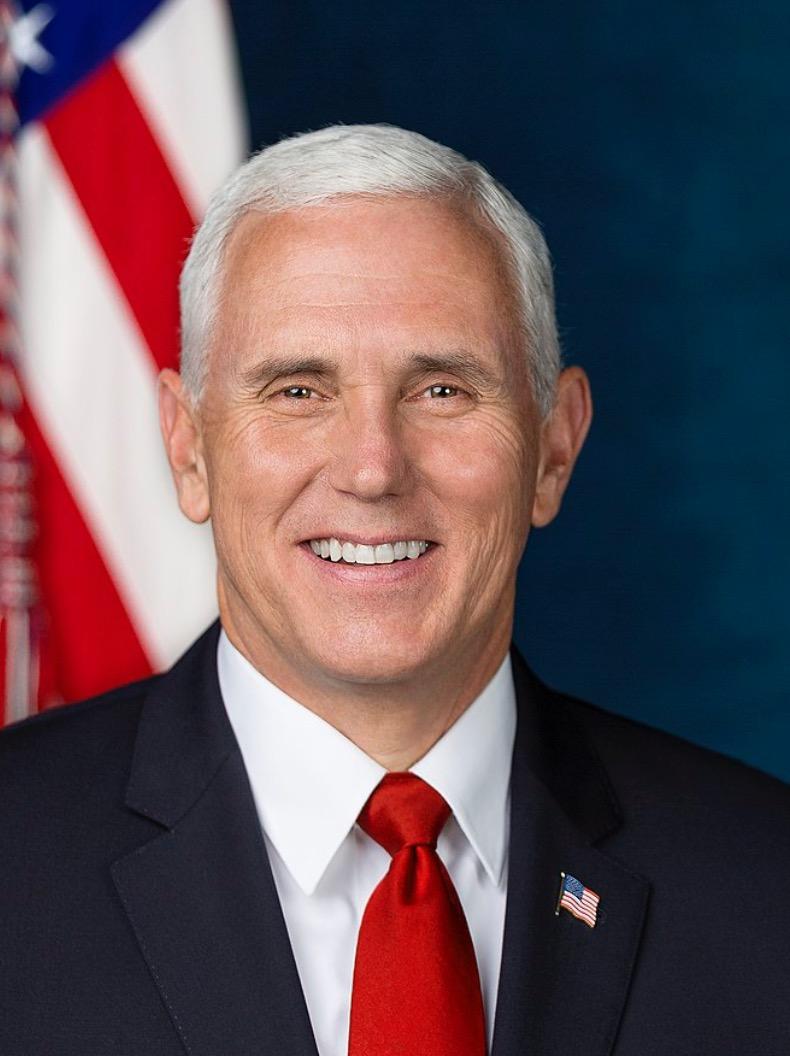
 Former President Donald Trump
Former Vice President Mike Pence Florida Governor Ron DeSantis
Former South Carolina Governor Nikki Haley
Senator Tim Scott (R-SC)
Former Arkansas Governor Asa Hutchinson Former New Jersey Governor Chris Christie
North Dakota Governor Doug Burgum
Vivek Ramaswamy Former Congressman Will Hurd
Former President Donald Trump
Former Vice President Mike Pence Florida Governor Ron DeSantis
Former South Carolina Governor Nikki Haley
Senator Tim Scott (R-SC)
Former Arkansas Governor Asa Hutchinson Former New Jersey Governor Chris Christie
North Dakota Governor Doug Burgum
Vivek Ramaswamy Former Congressman Will Hurd
The Maybe’s and the “Maybe But Probably Not”…

• Virginia Governor Glenn Youngkin
• Former Congressman Mike Rogers (RMI)
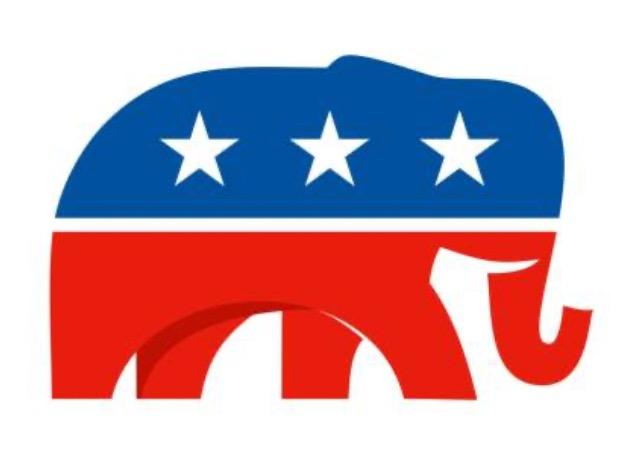
• Texas Governor Greg Abbott
• Georgia Governor Brian Kemp
• South Dakota Governor Kristi Noem
• Senator Marco Rubio (R-FL)
And the Hard No’s…
• Senator Tom Cotton (R-AK)
• Former Maryland Governor Larry Hogan
• Former Secretary of State Mike
Pompeo
• Senator Rick Scott (R-FL)
• New Hampshire Governor Chris
Sununu
• Senator Ted Cruz (R-TX)
The Democratic Field… So Far…
• President Biden has the public support of the Democratic Party – at the national and state level. We see virtually no chance the Party throws him over in favor of another candidate. It would be unprecedented in American political history.
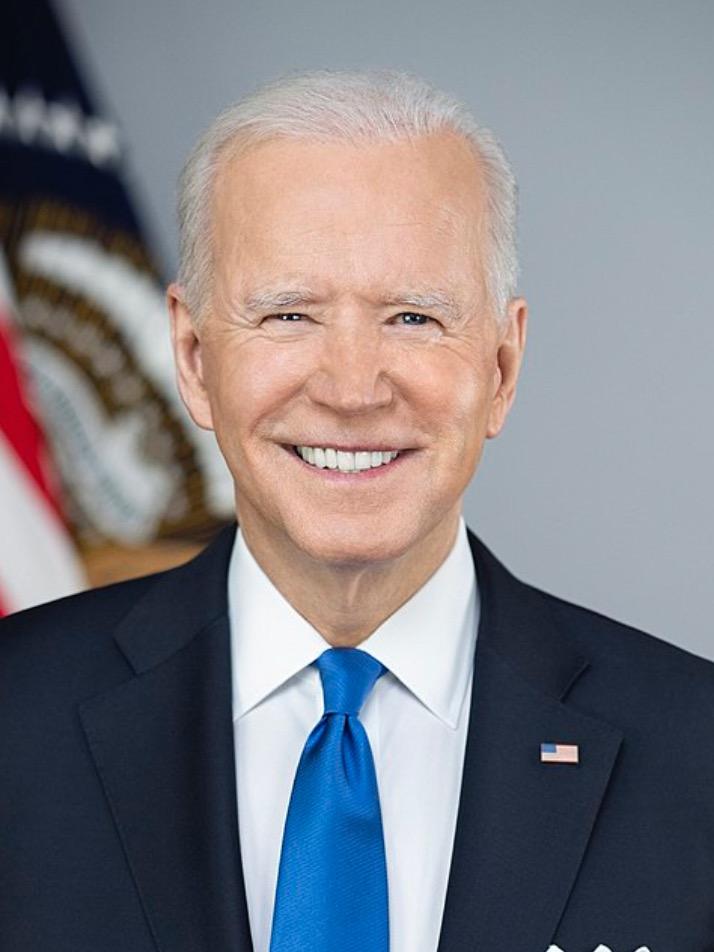
• But that does not mean there is not significant worry within the Democratic Party about the President’s age and health – can he serve four more years?
• Robert Kennedy, Jr. is polling at roughly 20 percent. We find it hard to see him seriously challenging President Biden for the nomination. If anything, his current polls are likely a high-water mark.
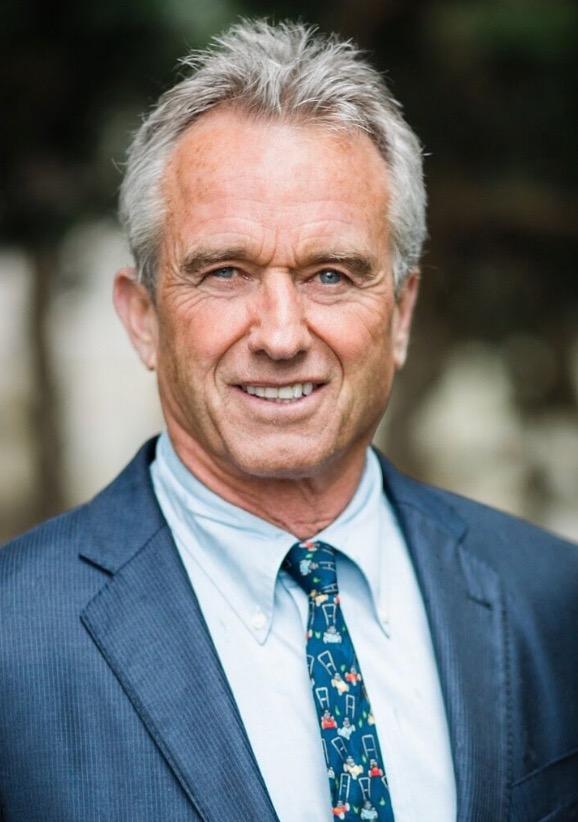

• Marianne Williamson, who is polling roughly at 7 percent, is relatively unknown in the party with no natural base having no previous state or national political experience.

Biden’s Challenge: Weak Enthusiasm among Democratic Voters Due to His Age and Health

Polls show Democratic voters – and the all-important Independent voters – having concerns over President Biden’s age and health and ability to serve another four years.
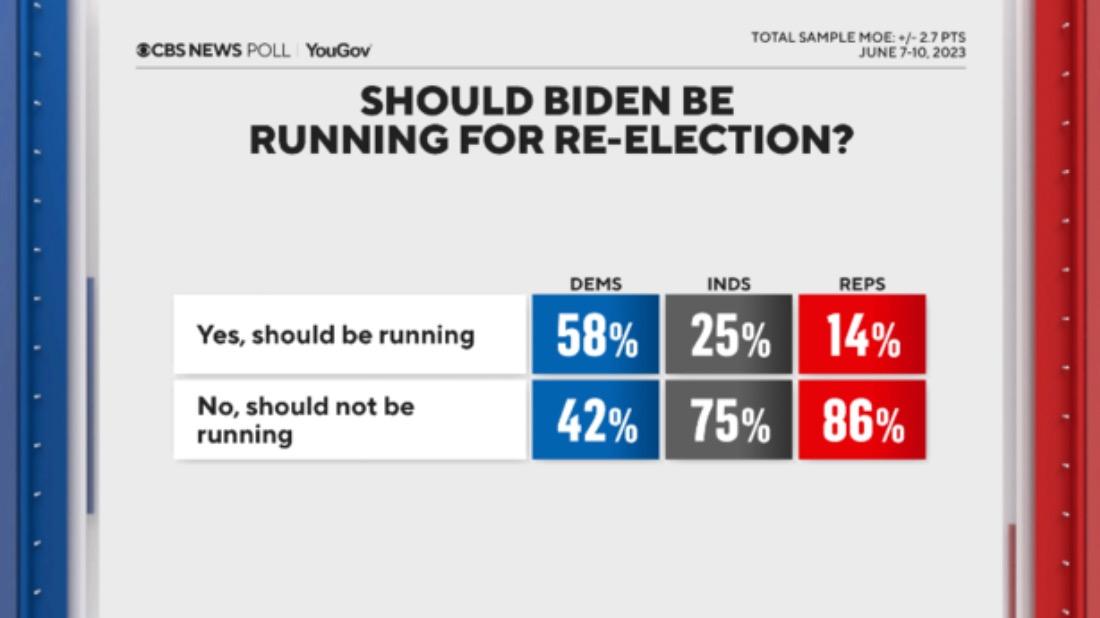
Source: CBS/YouGov June 10, 2023
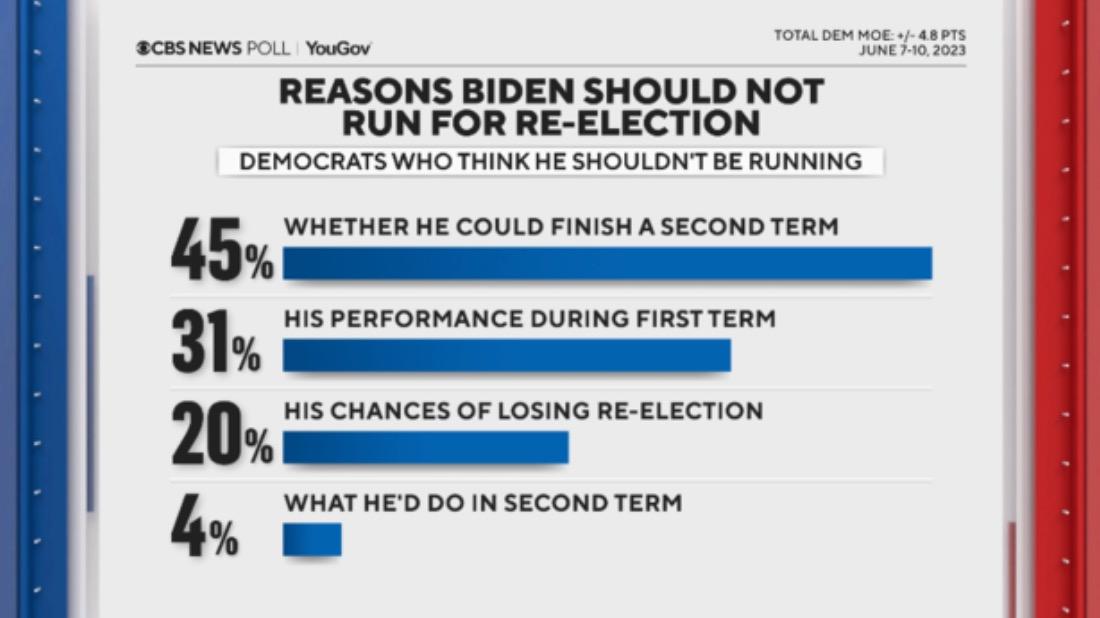
The 2024 US Senate Outlook: Can Democrats Hold Control?
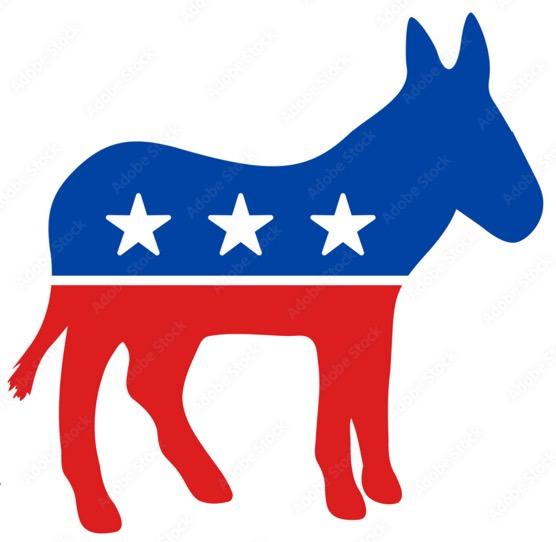
Democrats must defend 23 of the 33 seats up in 2024, many in states that have become more Republican. Likely Republicans win control of the Senate.
Democrats at Risk:
1. Sherrod Brown (D-OH)*
2. Jon Tester (D-MT)*
3. Joe Manchin (D-WV)*
4. Jackie Rosen (D-NV)
Bob Casey (D-PA)
Tammy Baldwin (D-WI)
Republicans at Risk:
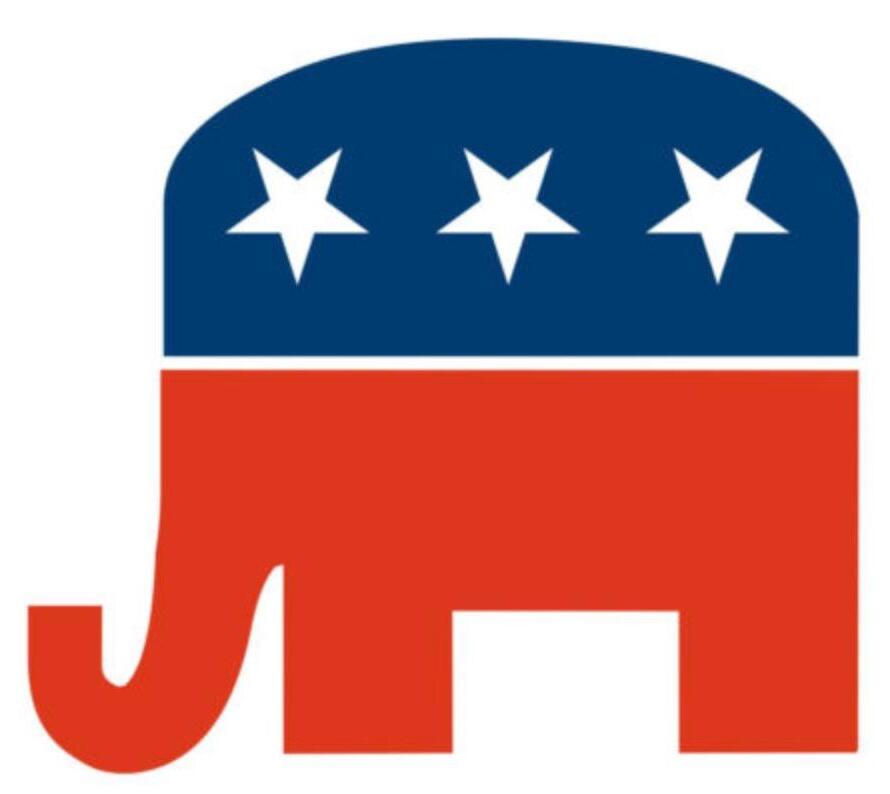
1. Open Seat (IN)

2. Josh Hawley (R-MS)
3. Ted Cruz (R-TX)
Independents at Risk:
• Kyrsten Sinema (I-AZ)
The US House of Representatives: Can Either Party Break Out with a Sizeable Majority?
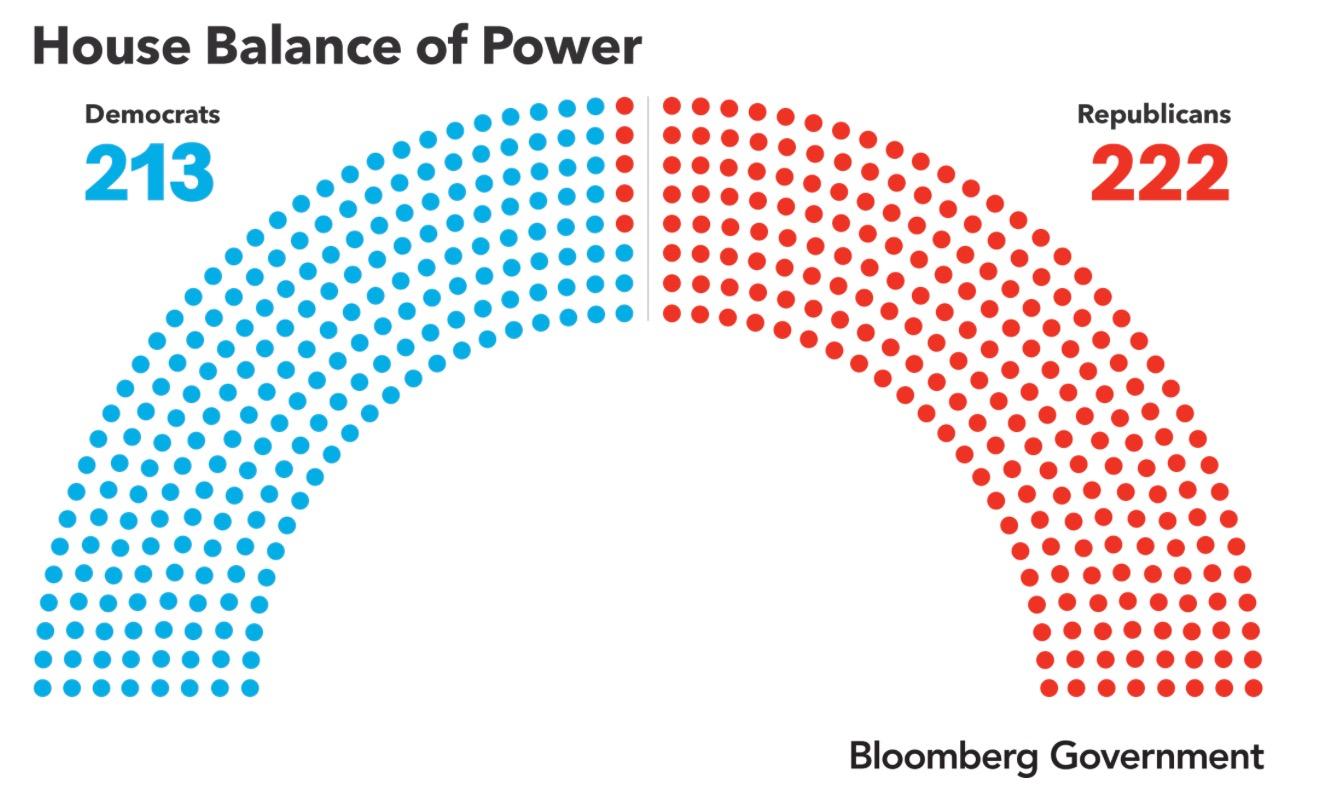

A four-seat GOP majority in the House – with a loud GOP dissent faction – makes the current majority fragile. It was not much better than the last Congress for Democrats in the majority.
• Speaker McCarthy is constantly at risk of a motion to vacate the Chair (a no-confidence vote). It only takes one Republican member to rise and call for such a no-confidence vote. And he only has a fourseat majority.
• McCarthy’s first major threat was/is the debt ceiling vote. The 12 appropriation bills are next and require incredible party discipline. But McCarthy must placate the Dissidents in some way, and the economic outlook are all critical factors for the Republicans.
• Does President Biden’s recent move to the center suggest the Democratic Party will move with him and recruit a new class of more moderate House candidates?
Appendix: The US Electoral Calendar - What to Watch and When
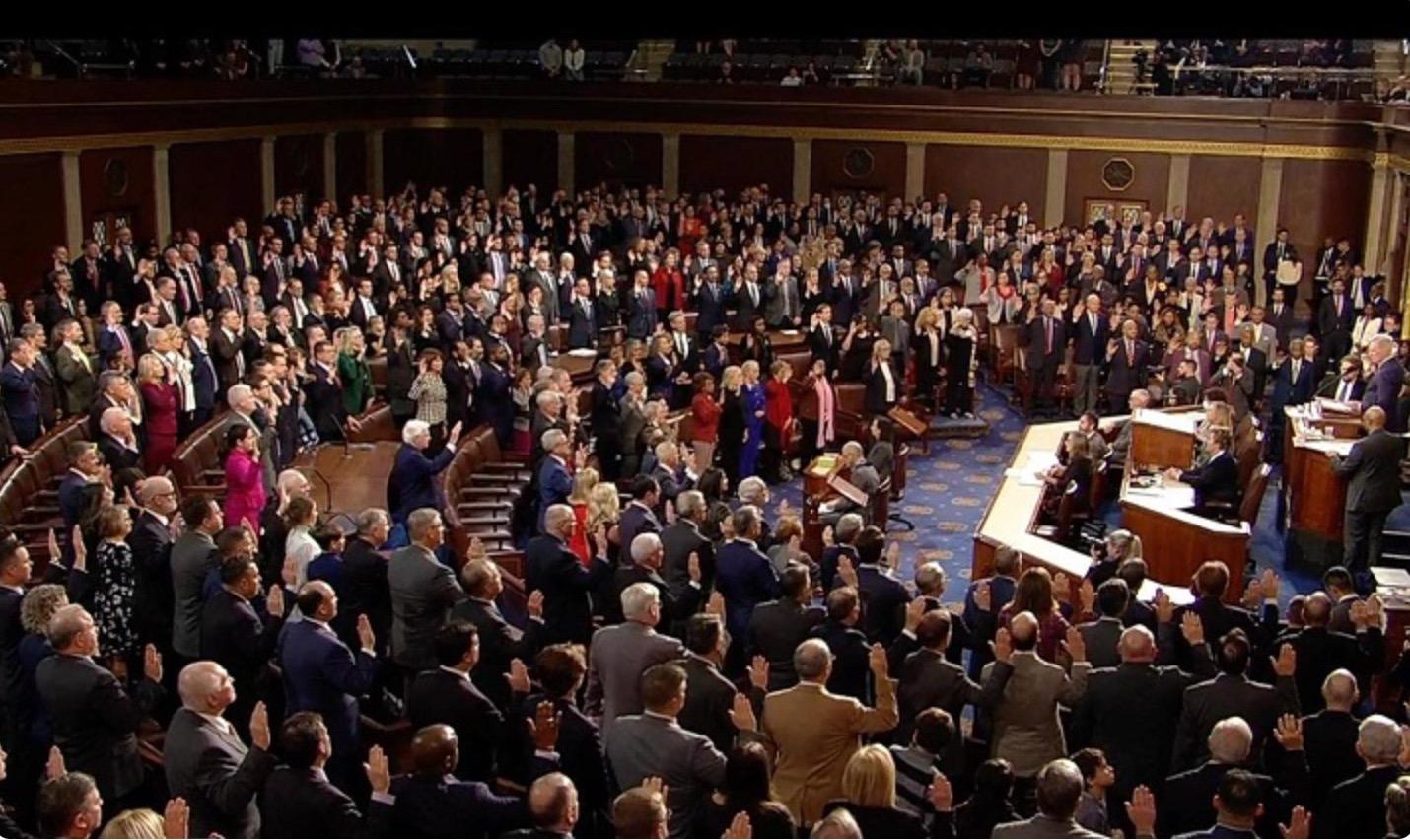
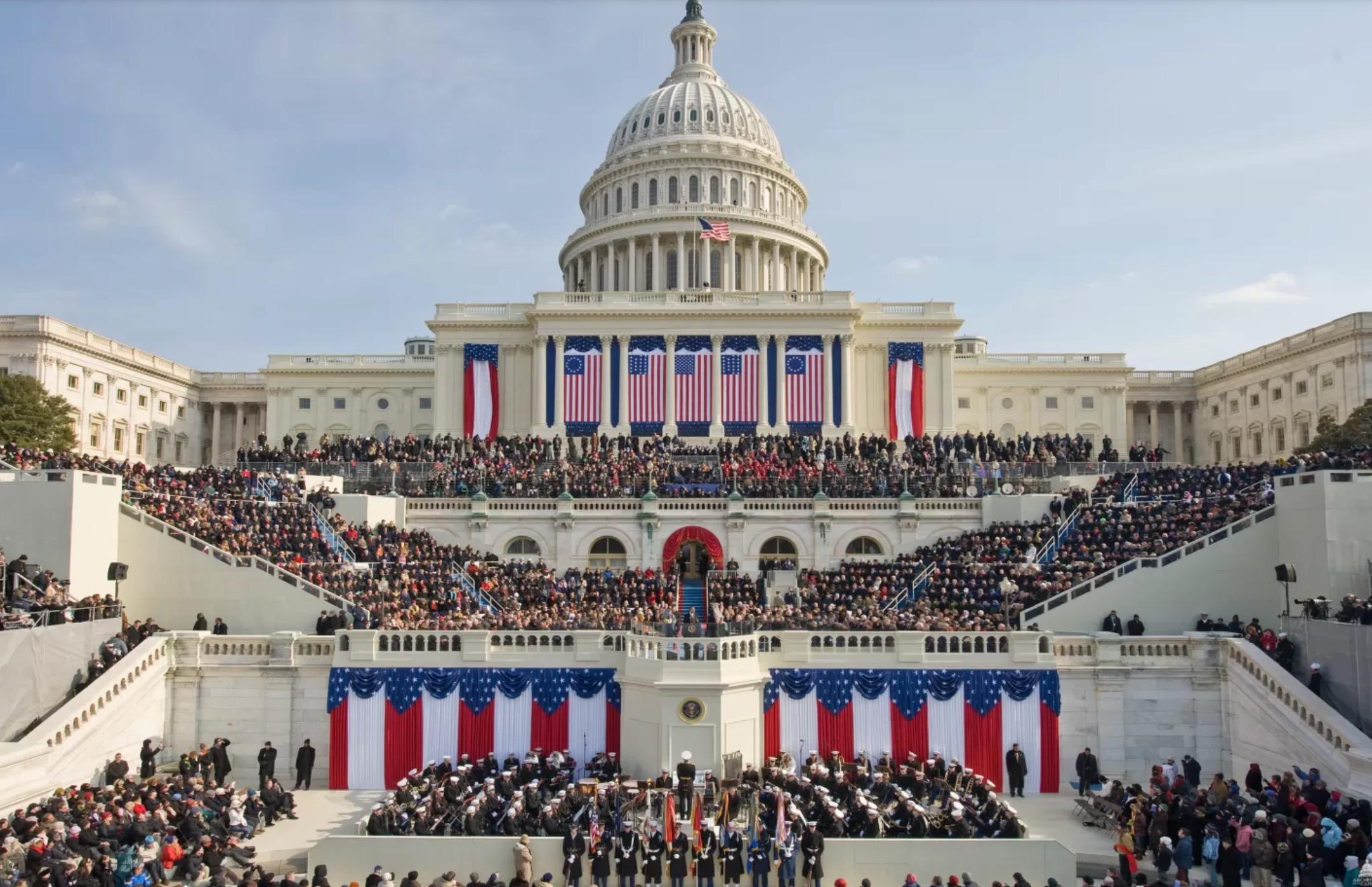

The 2024 US Presidential Primary Calendar
• January 8: Iowa Republican Caucus
• January 16: New Hampshire Primary
• January 27: South Carolina Republican Primary
• February 3: South Carolina Democratic Primary
• February 6: Nevada & New York Primary; New Hampshire Democratic Primary
• February 27: Michigan Primary
• March 5 (”Super Tuesday”): Alabama, Arkansas, California, Maine, Massachusetts, Minnesota, North Carolina, Oklahoma, Tennessee, Texas, Utah, Vermont, Virginia. America Samoa
Democratic Caucuses
• March 12: Georgia, Idaho, Mississippi, Missouri, Washington State, Hawaii Republican Caucuses, Northern Mariana Islands
Democratic Primary
• March 17: Puerto Rico Democratic Primary
• March 19: Arizona, Florida, Illinois, Kansas, Ohio
• March 23: Louisiana
• March ?: Colorado (held on one of the first three Tuesdays of March – the Governor picks) Colorado

• April 2 Wisconsin
• April 6: Democratic Primaries in Alaska, Hawaii, North Dakota
• April 13: Wyoming Democratic Caucus
• April 23: Delaware, Pennsylvania, Rhode Island
• April 30: Connecticut
• May 7: Indiana
• May 14: Nebraska, Maryland, West Virginia
• May 21: Kentucky, Oregon
• June 4: Montana, New Jersey, New Mexico, South Dakota, Washington, DC.
2024 Presidential Debate Schedule & Party Conventions
Republican Presidential Primary Debates & Convention
• August 23, 2023: First Republican Presidential Primary Debate hosted by Fox News.
• TBD: Second Republican Presidential Primary Debate, The Ronald Reagan Library, Simi Valley, California. The host is TBD.
Ø NOTE: The Republican National Committee announced June 2, 2023, candidates who want to participate in the debates must receive donations from at least 40,000 national contributors and poll consistently above 1 percent in either three national polls or two national polls and a state poll to qualify for the first debate.
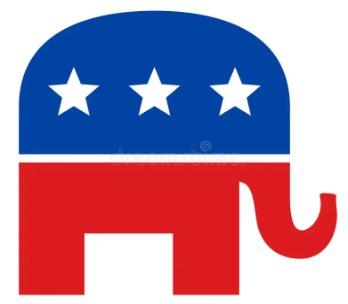
• July 15-18, 2024: The Republican National Convention will be held in Milwaukee, Wisconsin.
Democratic Presidential Primary Debates & Convention

• No debates scheduled at this time.
• August 19-22, 2024: The Democratic Presidential Convention will be held in Chicago, Illinois.
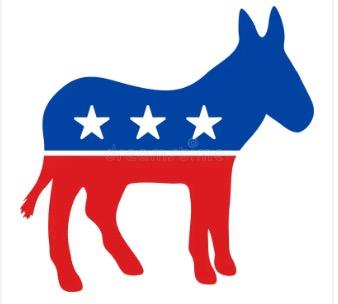
The US

Election 2024: Who is Up for Election?
• Election Day: November 5, 2024
- Who is up for election?
Ø The President and Vice President
Ø 435 members of the House of Representatives
Ø 33 Members of the US Senate
Ø 11 Governors and Lieutenant Governors
Ø 10 State Attorney Generals
Ø 86 state legislatures in 44 states plus 8 legislative chambers in US Territories
Ø 22 major city mayors
Ø Hundreds of state and local judges
• January 25, 2025 – The new President and Vice President and all members of the new Congress are sworn into office.
States with Senate seats up for election
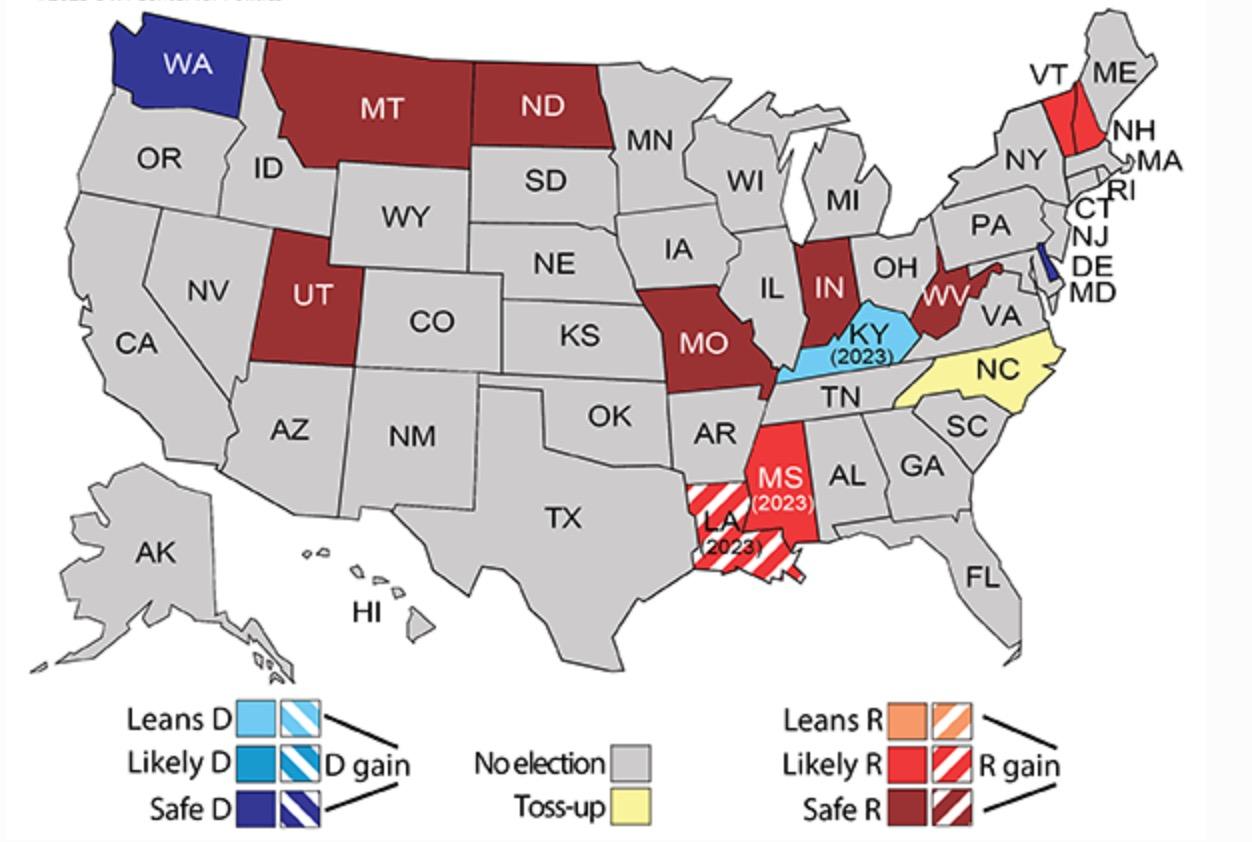
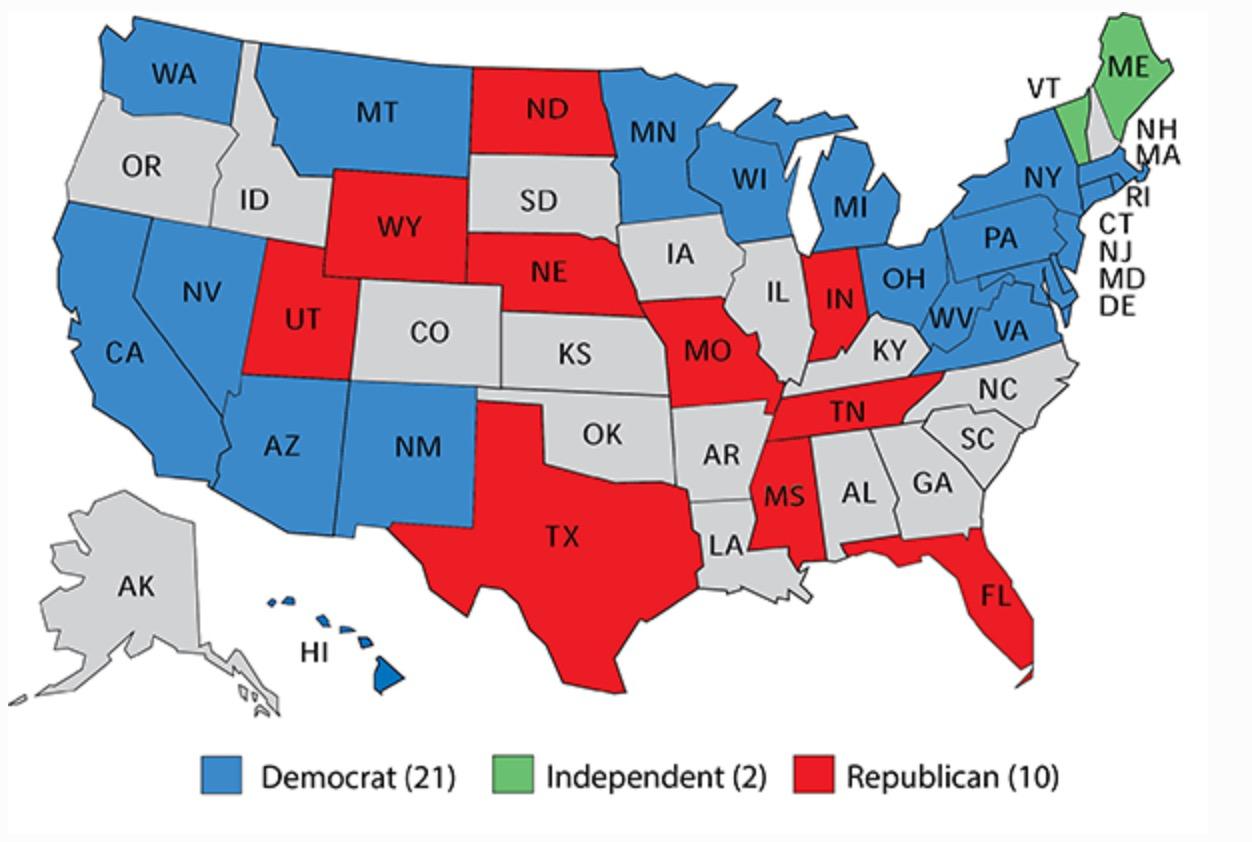
States with Governor seats up for election
Source: University of Virginia Miller Center for Politics
Fulcrum Macro Advisors LLC Leadership
 Frank Kelly
Frank Kelly
Frank is the Founder and Managing Partner of Fulcrum Macro Advisors LLC. He has worked as a senior executive on Wall Street for over 30 years, most recently at Deutsch Bank. Prior to this, he held senior positions at Charles Schwab & Co., and Merrill Lynch where he was Chief of Staff and Global Head of Marketing.
At Deutsche Bank, Frank served as Global Coordinator for Government and Public Affairs. He was also the Bank’s first Chief Political Strategist, advising clients on geopolitical and domestic policy issues.
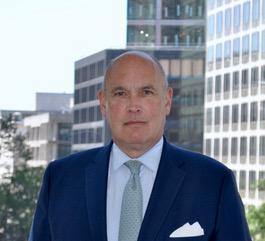
Prior to joining the financial services sector, Frank was Chief Spokesman and Senior Policy Advisor to the Chairman of the US Securities and Exchange Commission. Previous to this, Frank served at the US Department of Justice in the Office of Policy Development where he focused on international and national security issues. He began his career as a Writer for President Ronald Reagan, going on to serve as the Deputy Associate Director of the Office of Political Affairs. He remained at the White House to serve as a Writer for President G. H. Bush.
He is also a Senior Advisor to The Scowcroft Group, a Washington DC global business advisory firm with an emphasis on emerging markets. He is also a Senior Associate in the Americas Program at the Center for Strategic and International Studies (CSIS). Frank additionally is a Lecturer at The Catholic University of America’s Busch School of Business where he teaches on Business Intelligence.
Francis j.Kelly
Direct: +1-202-744-5706
Email: fkelly@fulcrummacro.com
www.fulcrummacro.com
Frank is a member of the Council on Foreign Relations, the International Institute for Strategic Studies, the American Council on Germany and American Institute for Contemporary German Studies. He also serves on the Board of Directors of Codespa America and as Vice Chair of the Board of Directors of the Jerome Lejeune Foundation of America. He resides outside Washington DC in Great Falls, Virginia with his wife, Maura, on their working farm, Open Door Farm.
